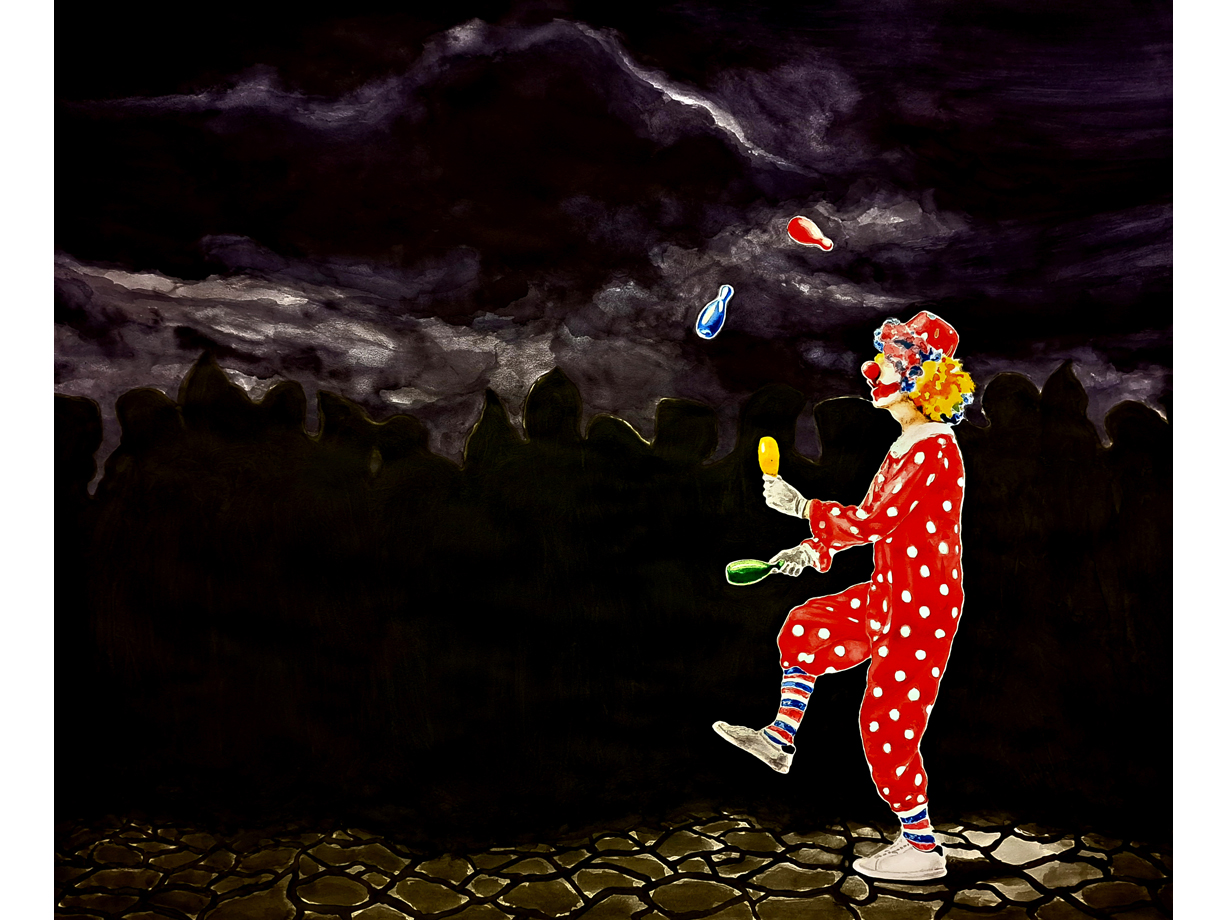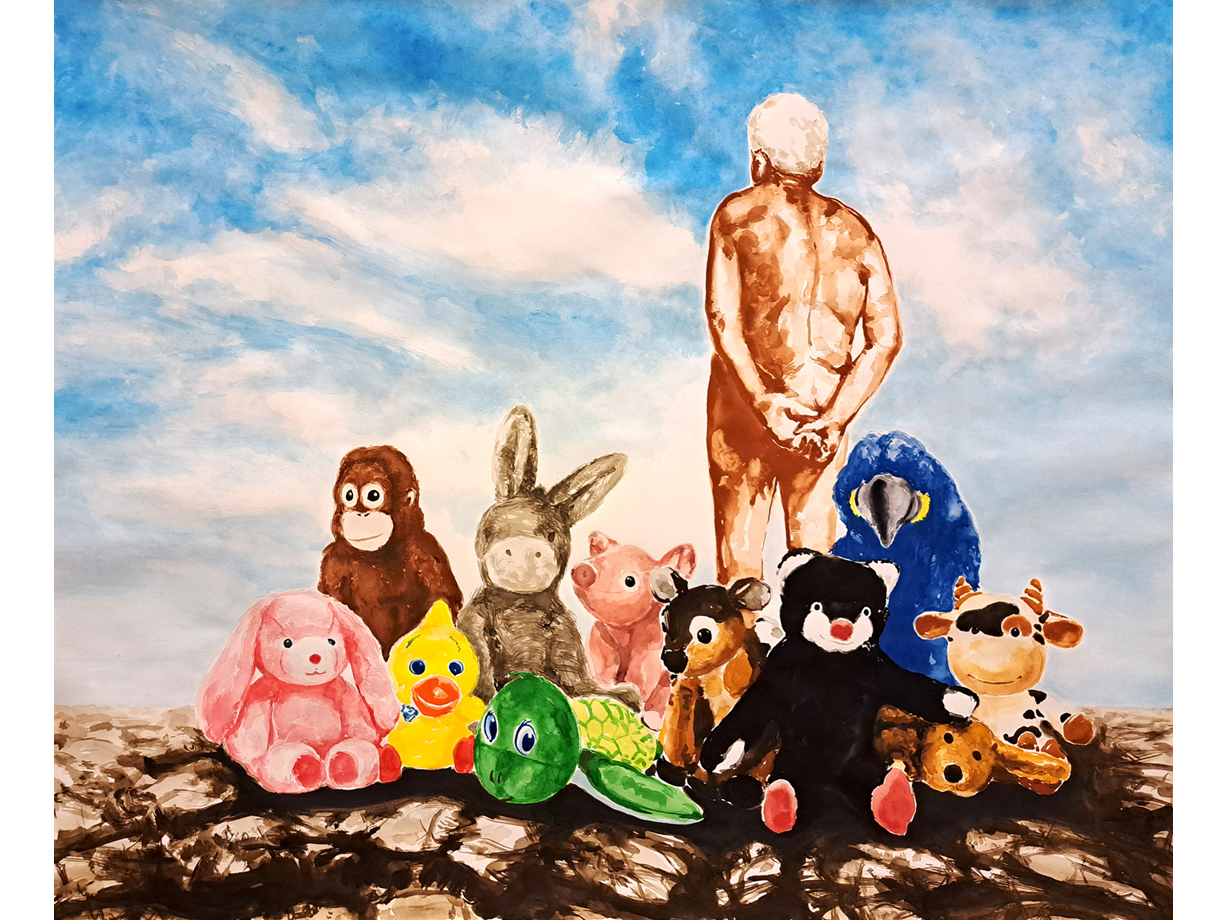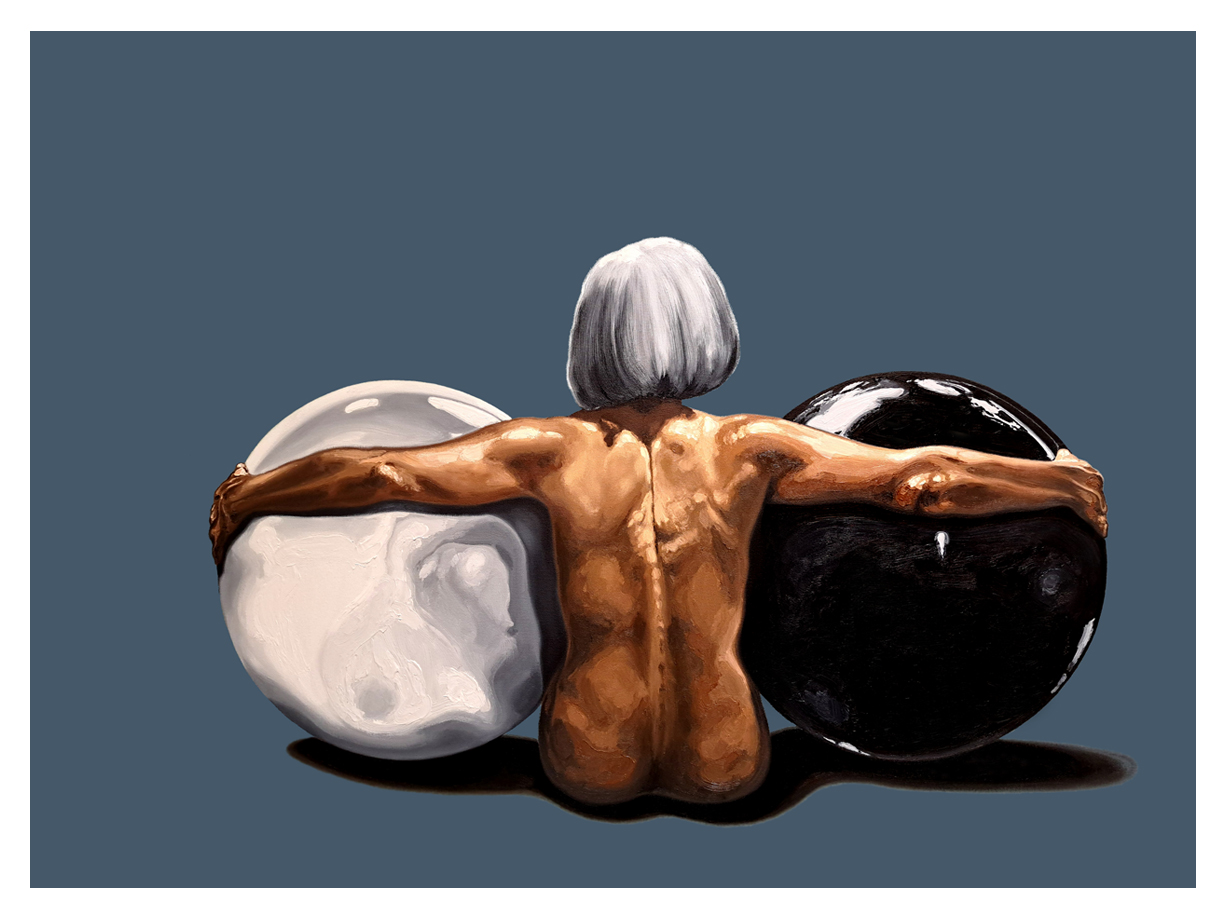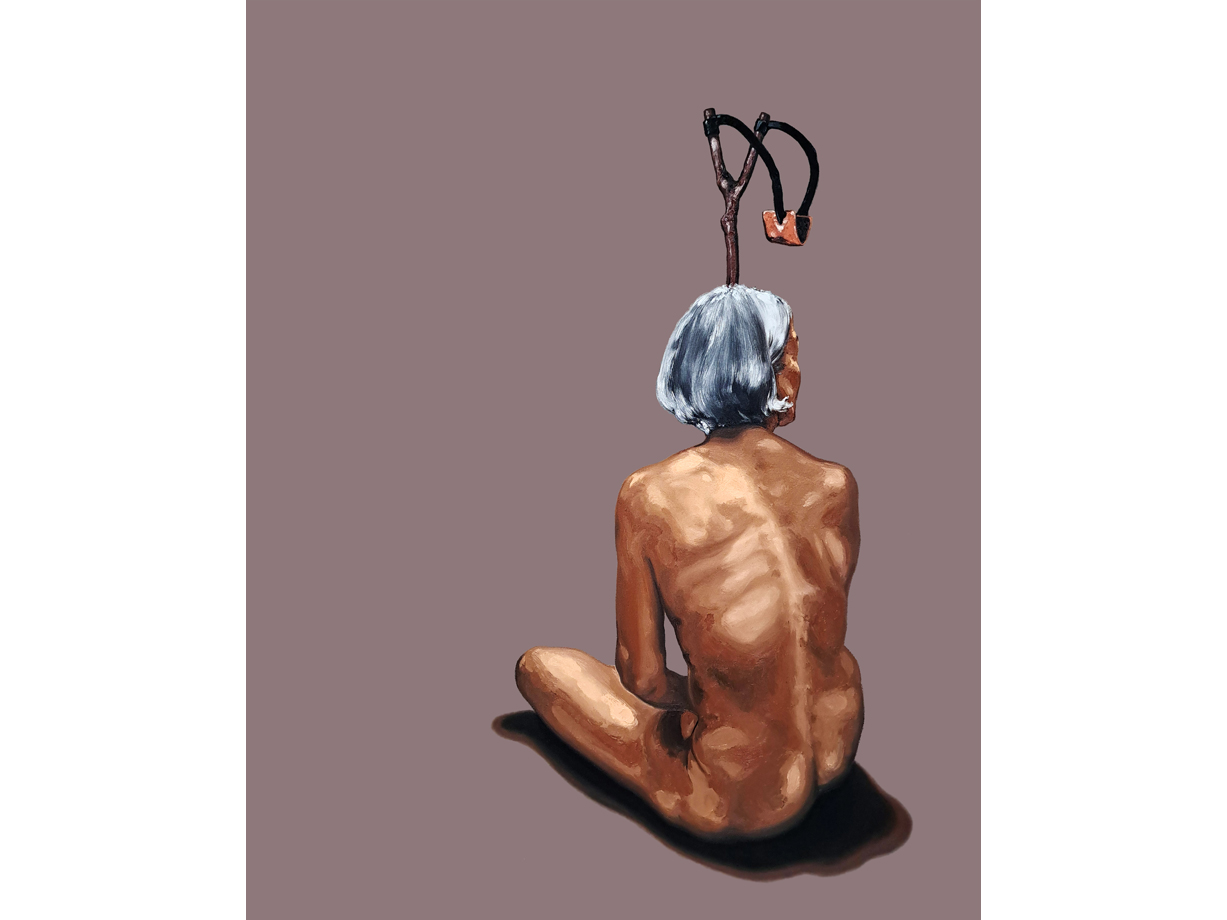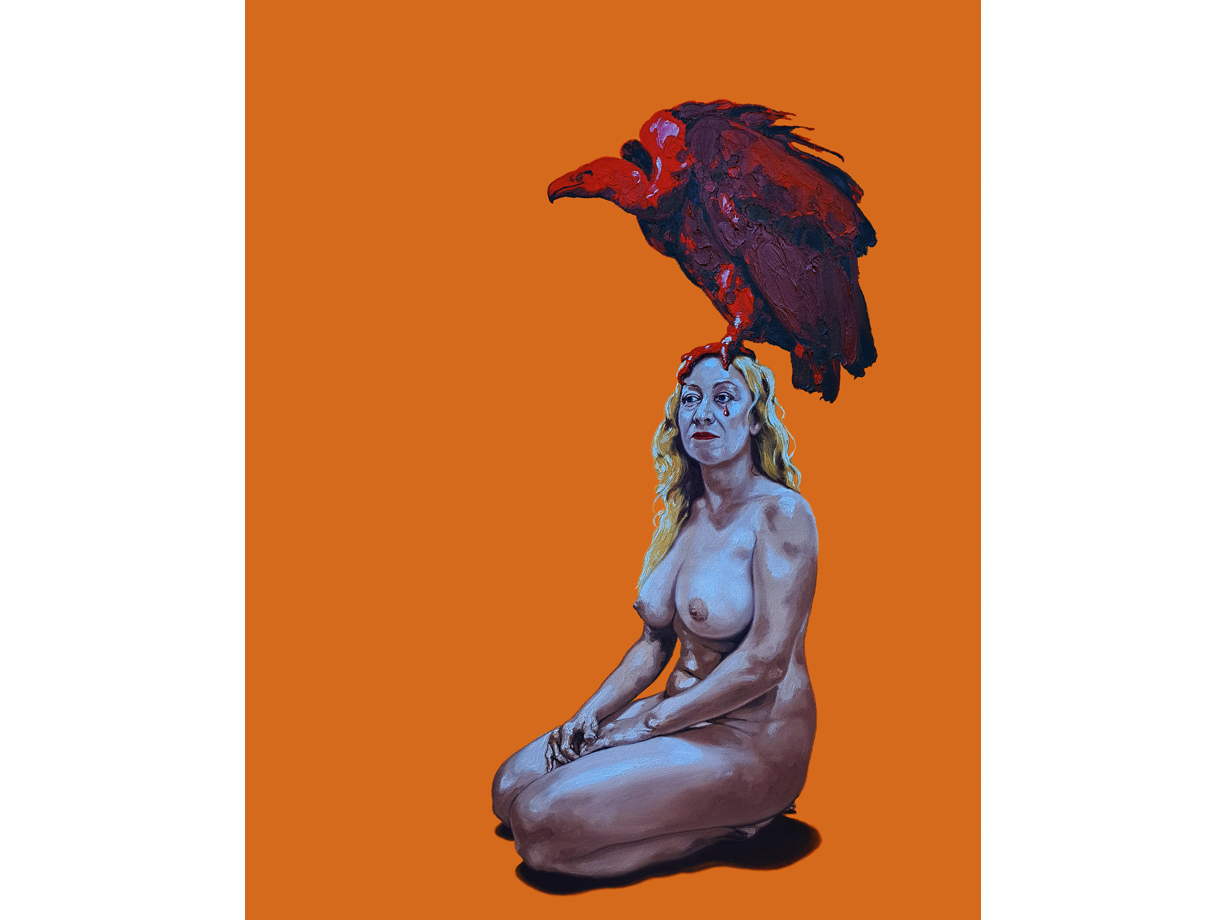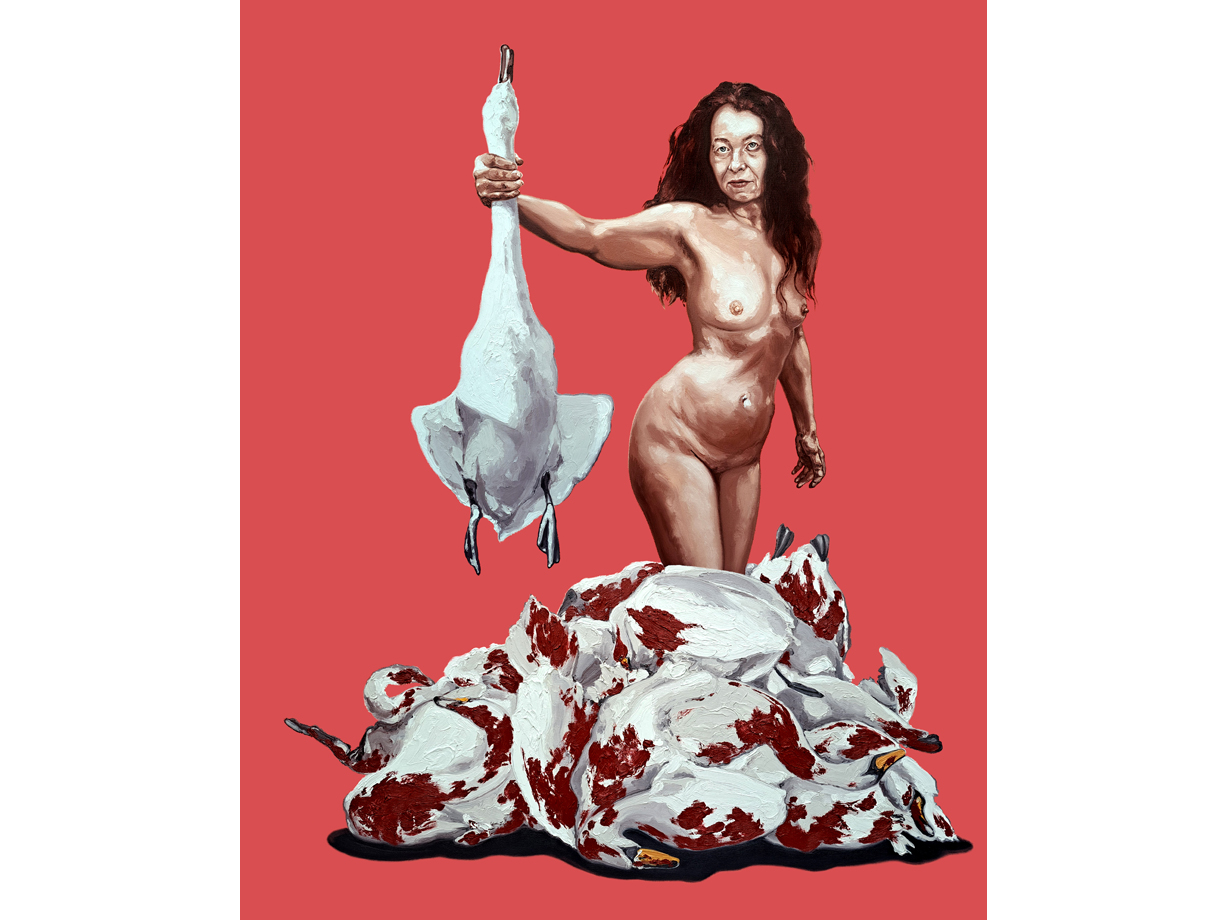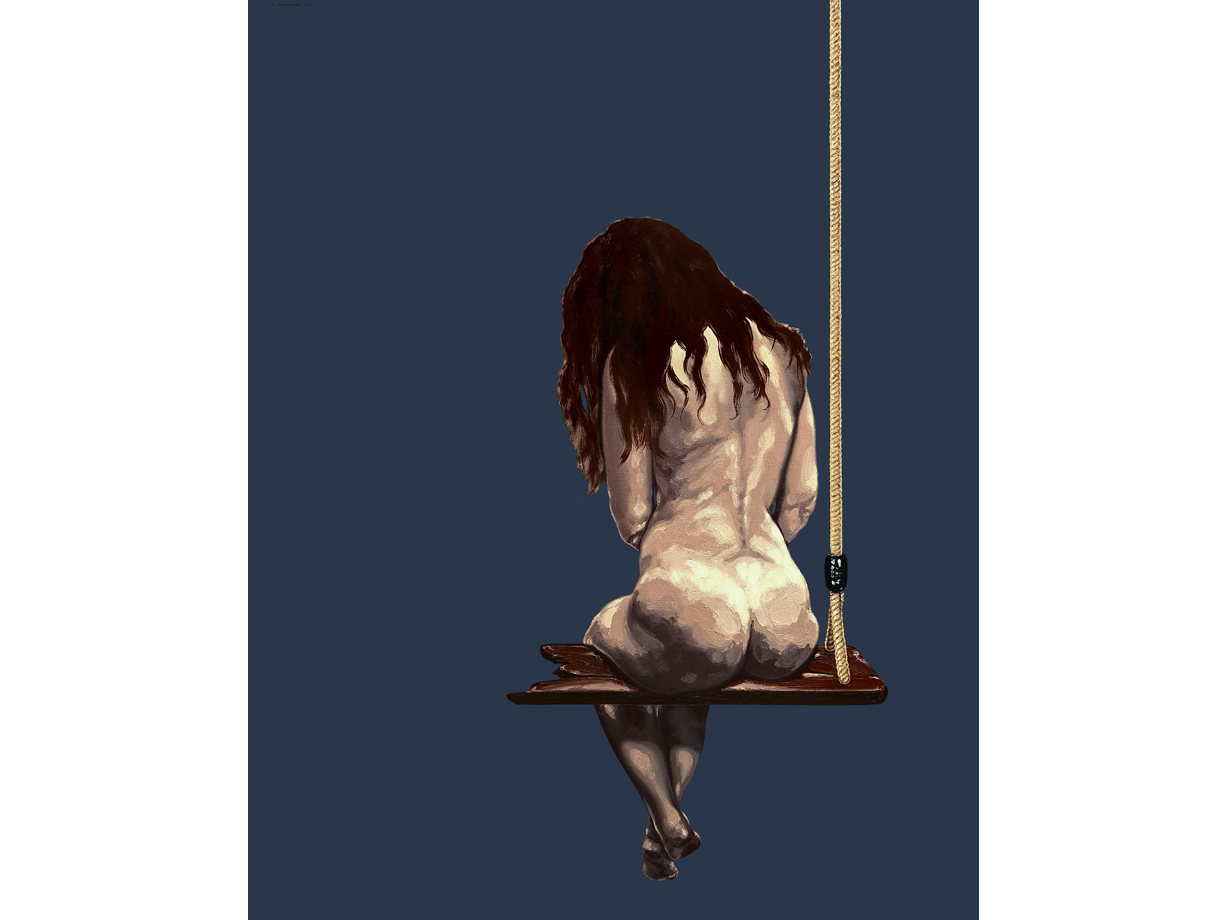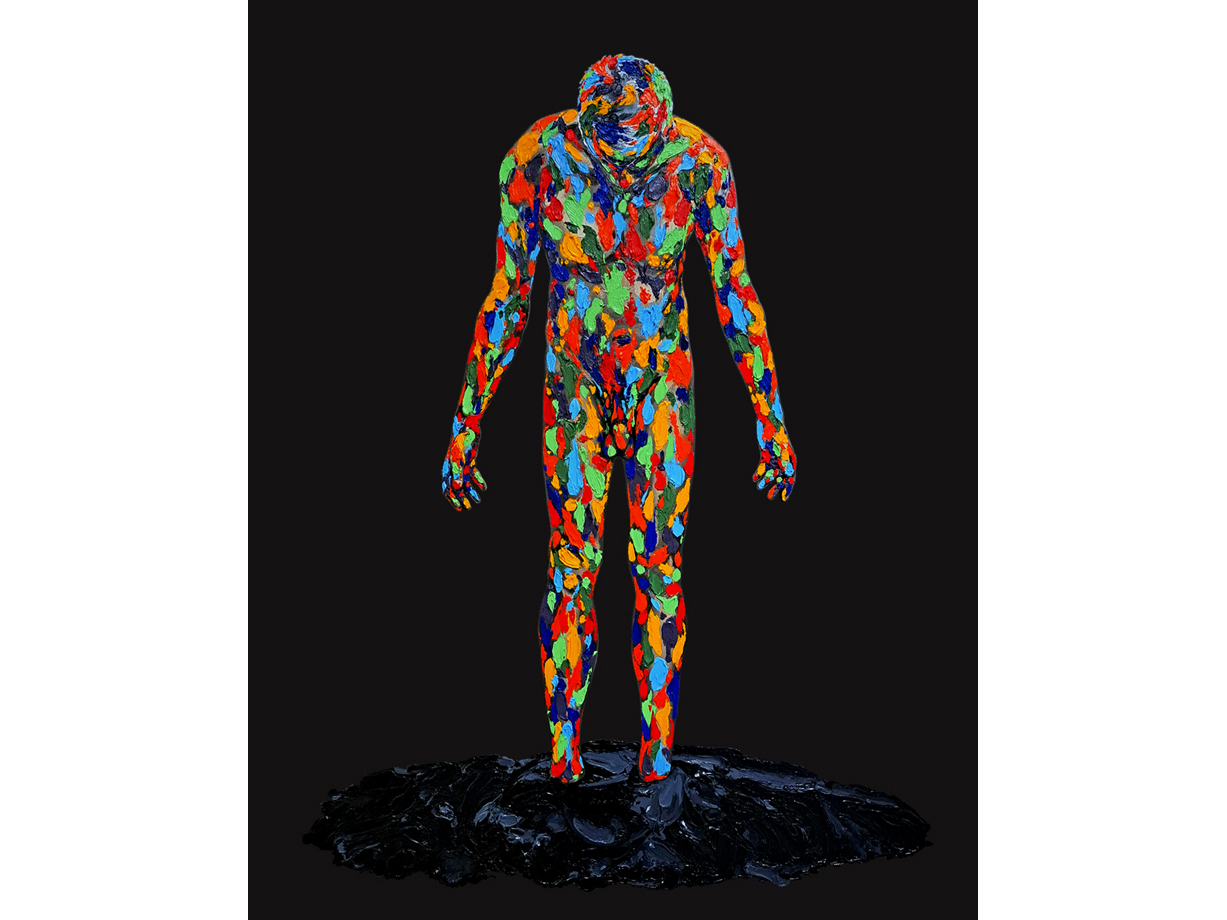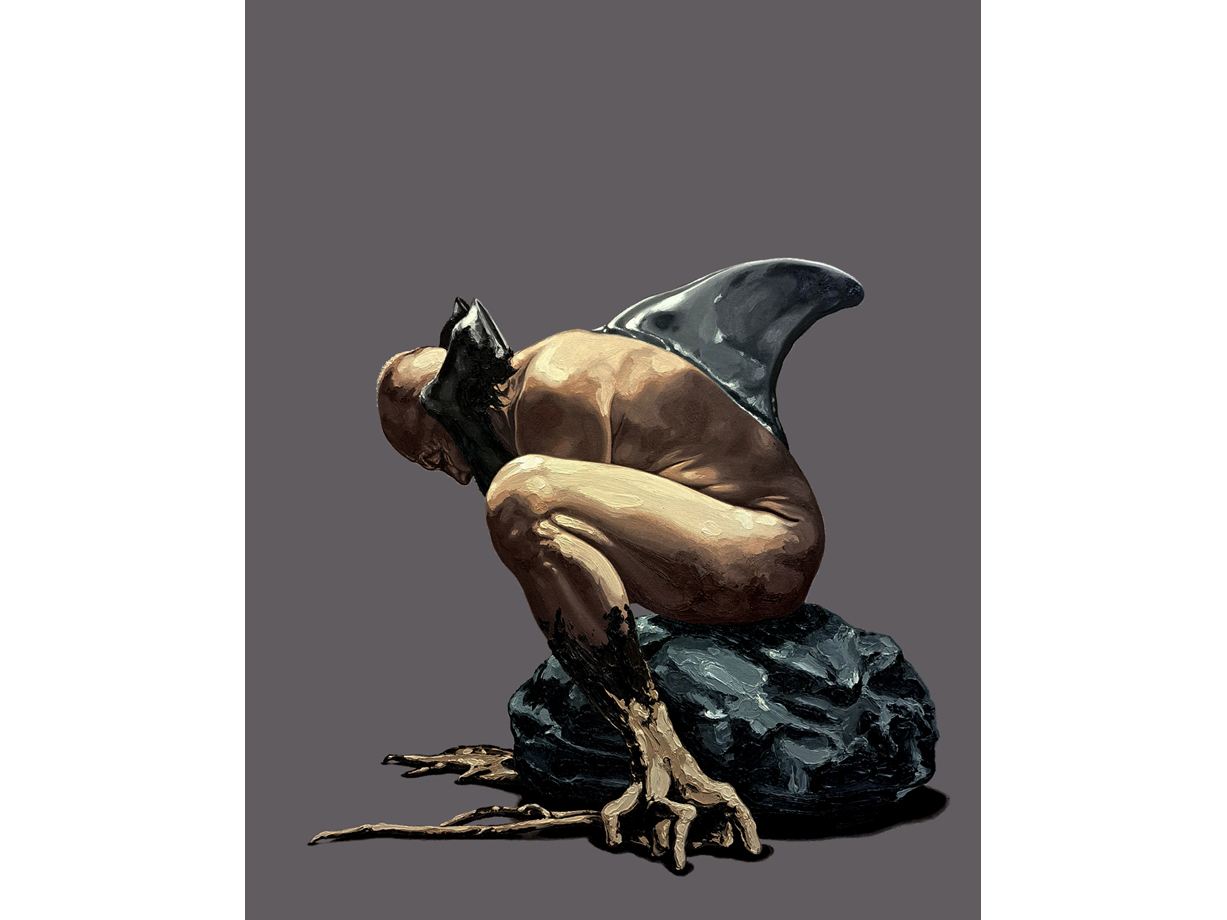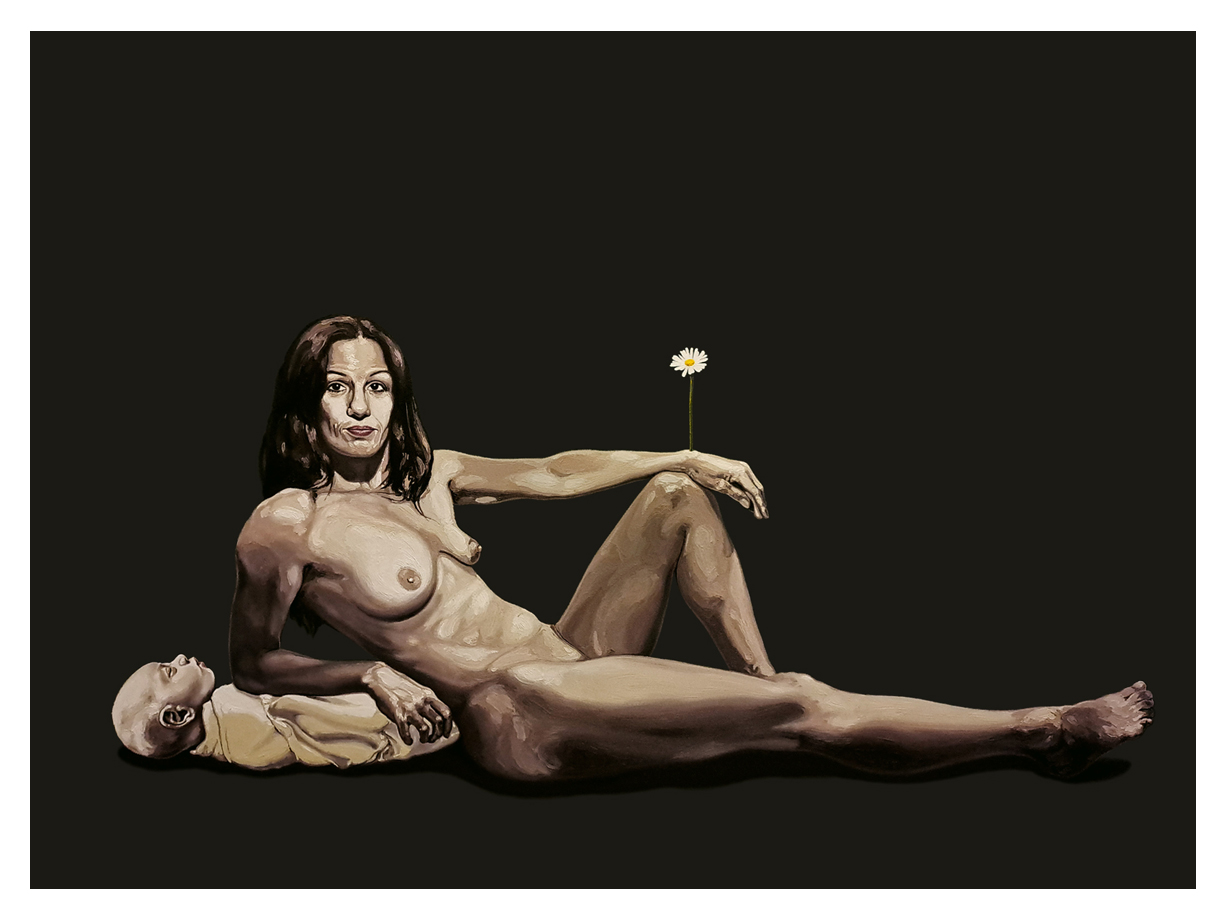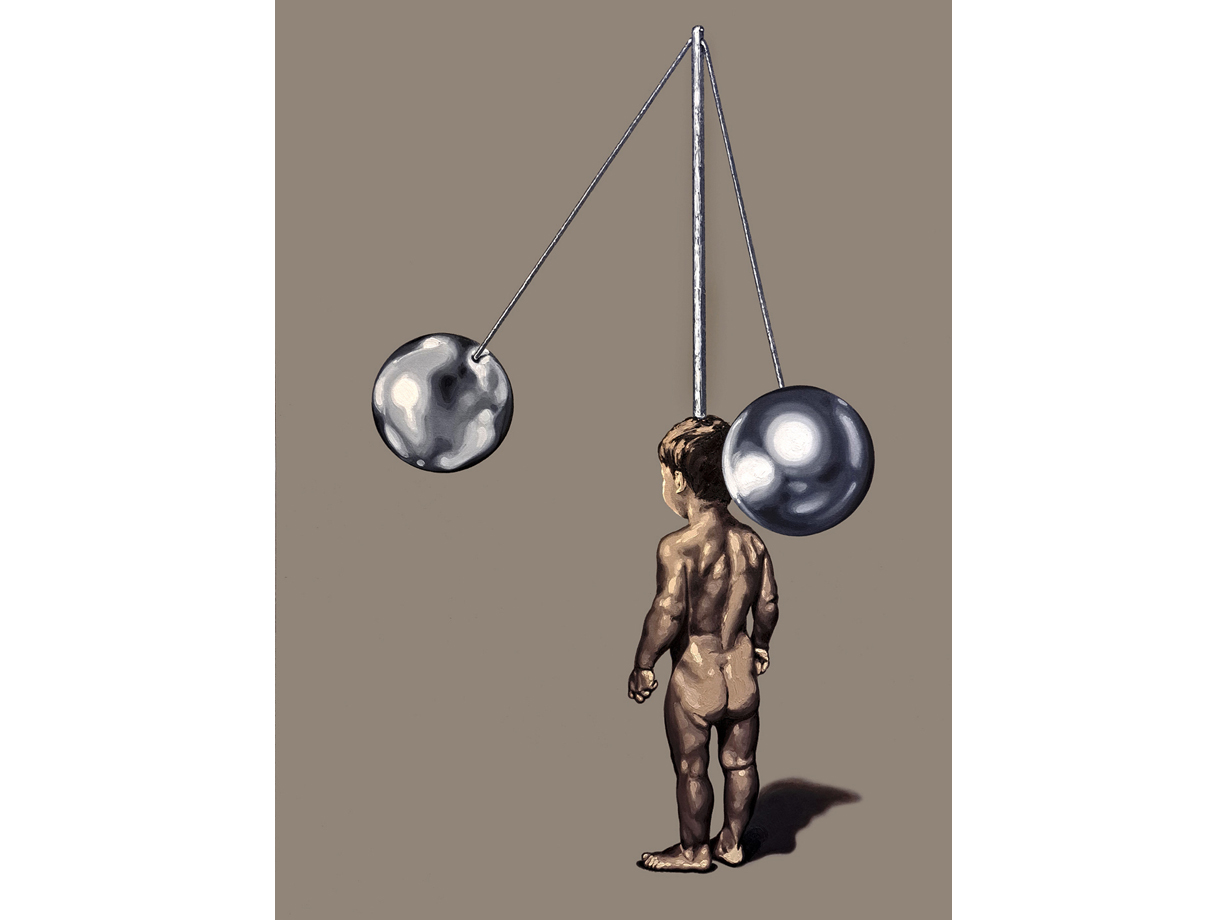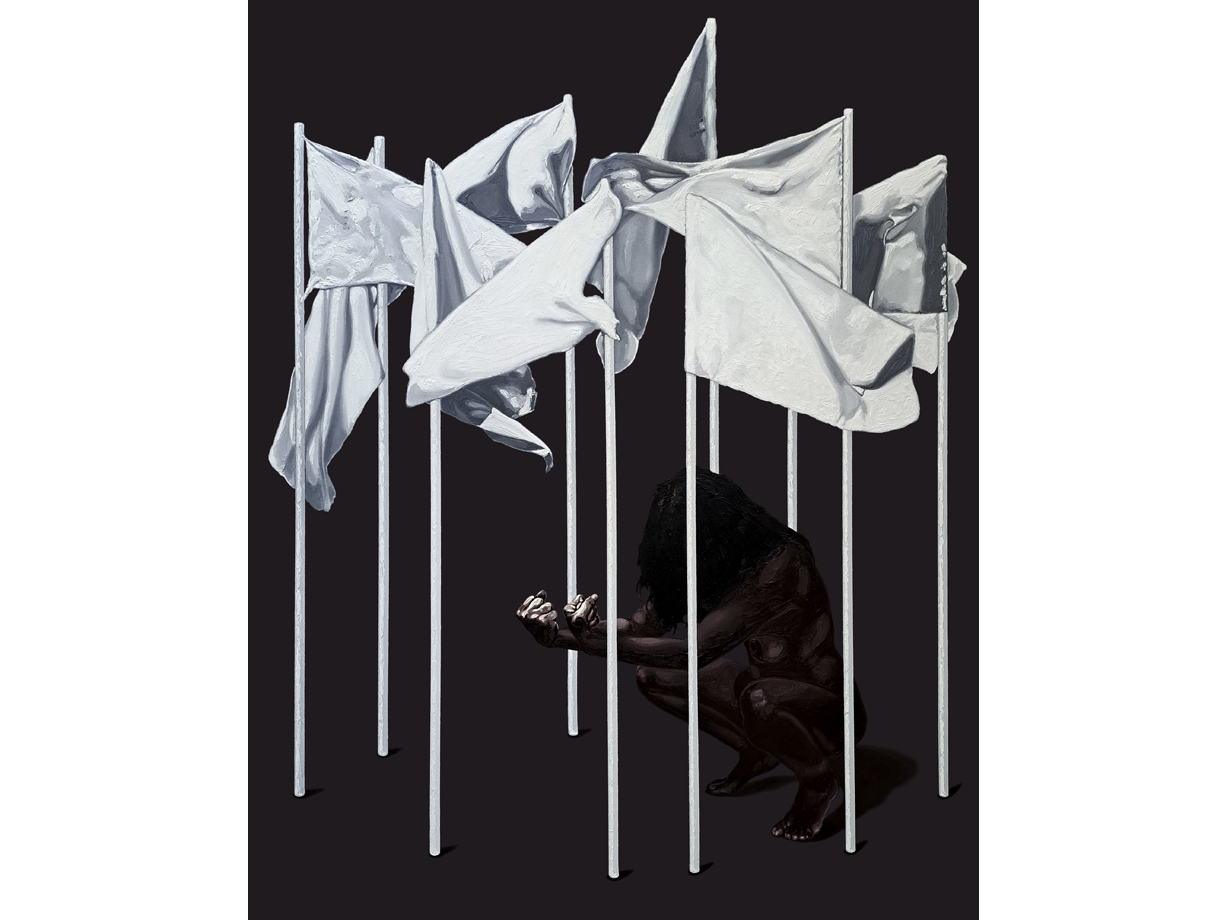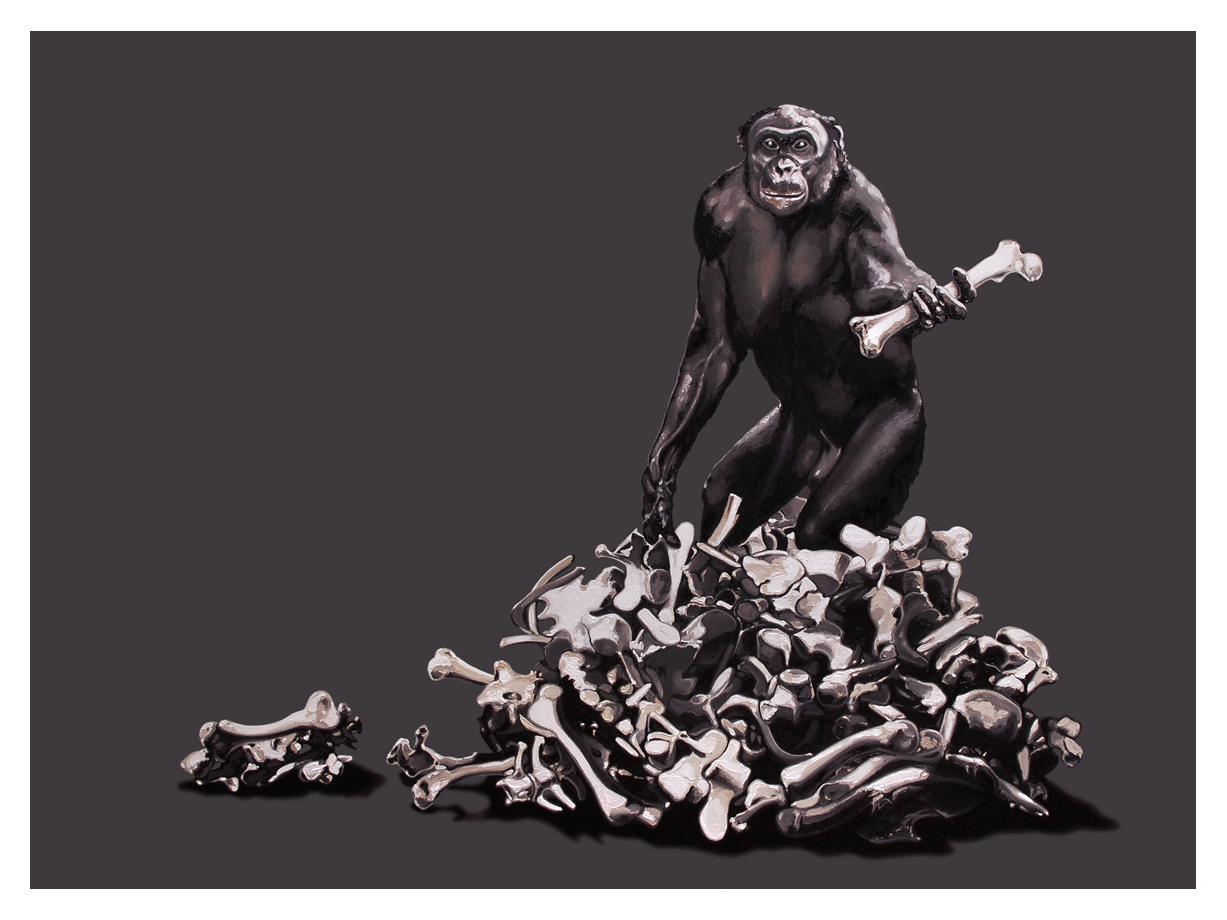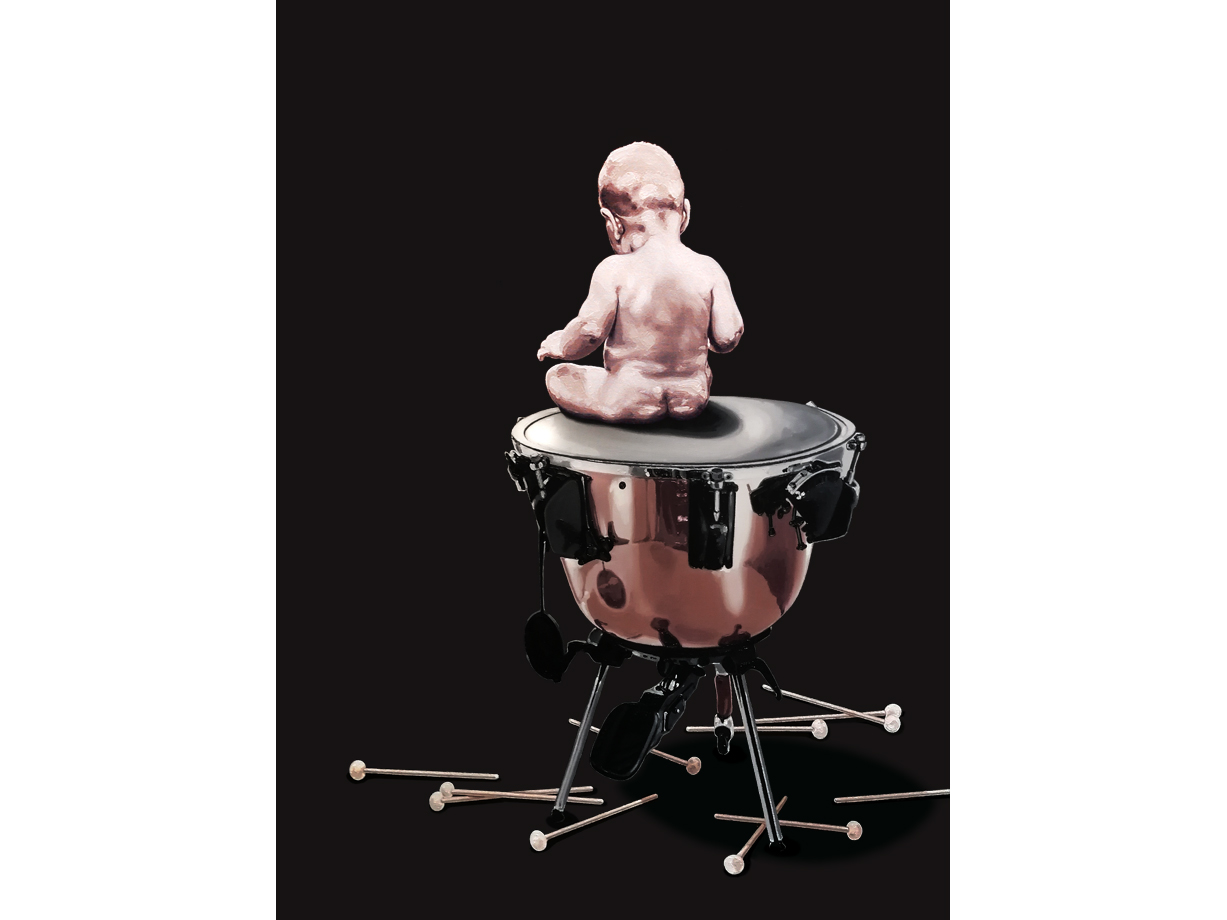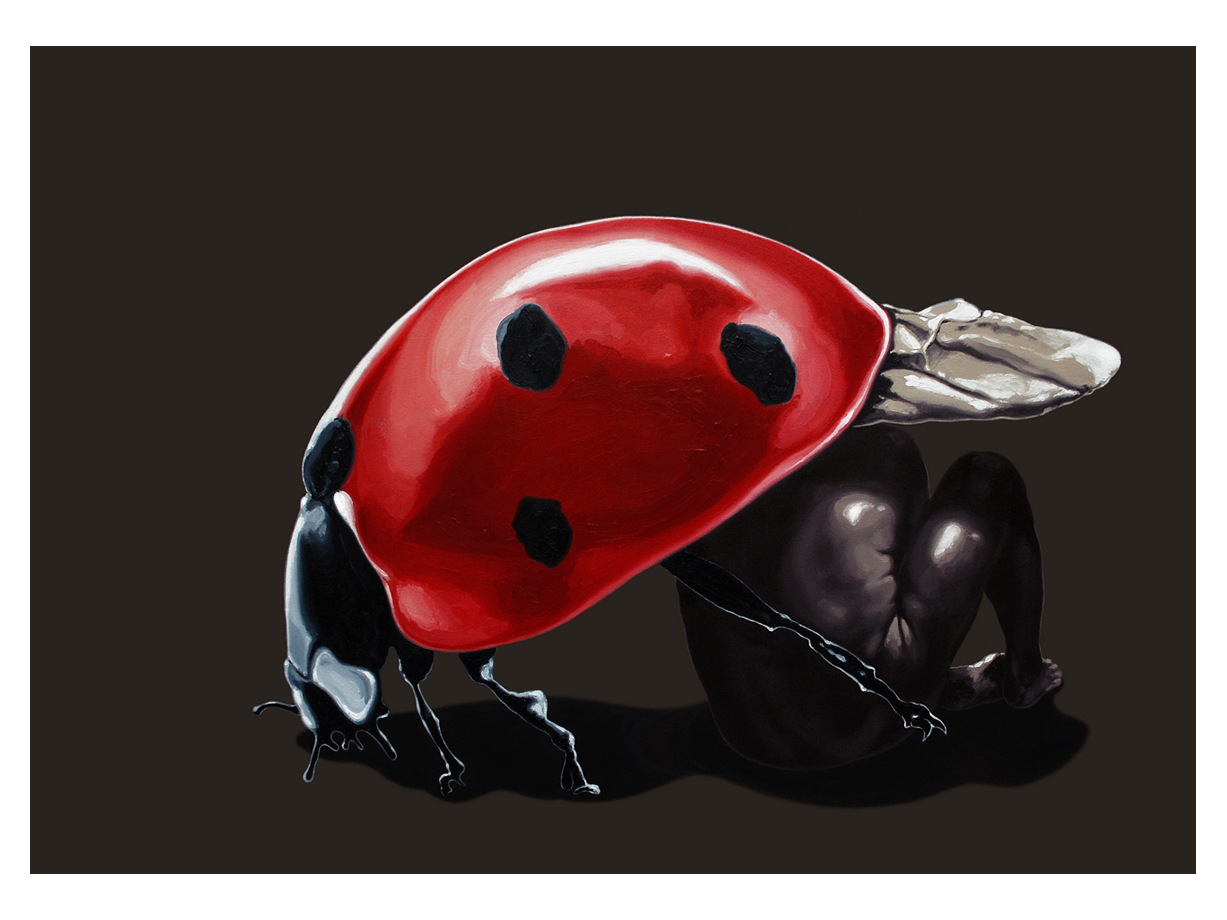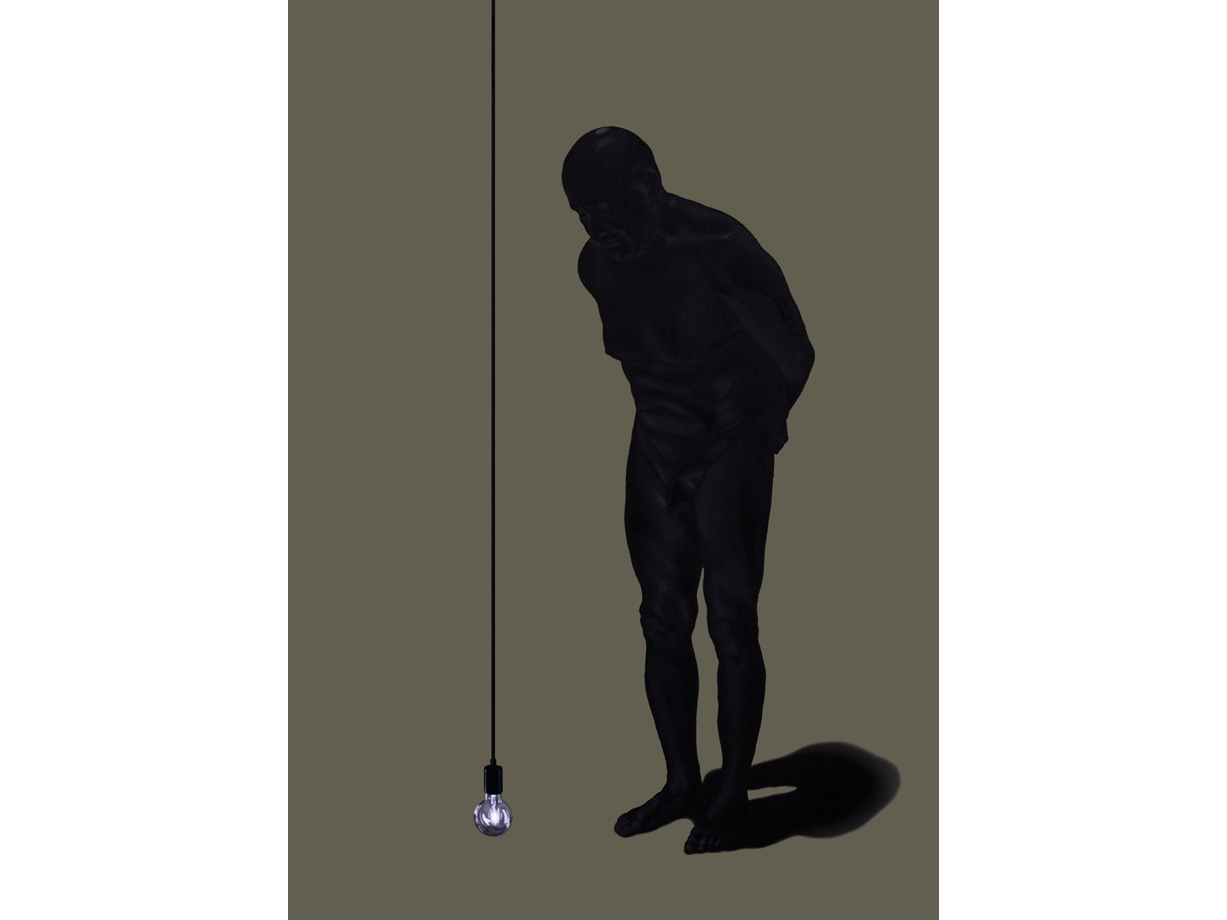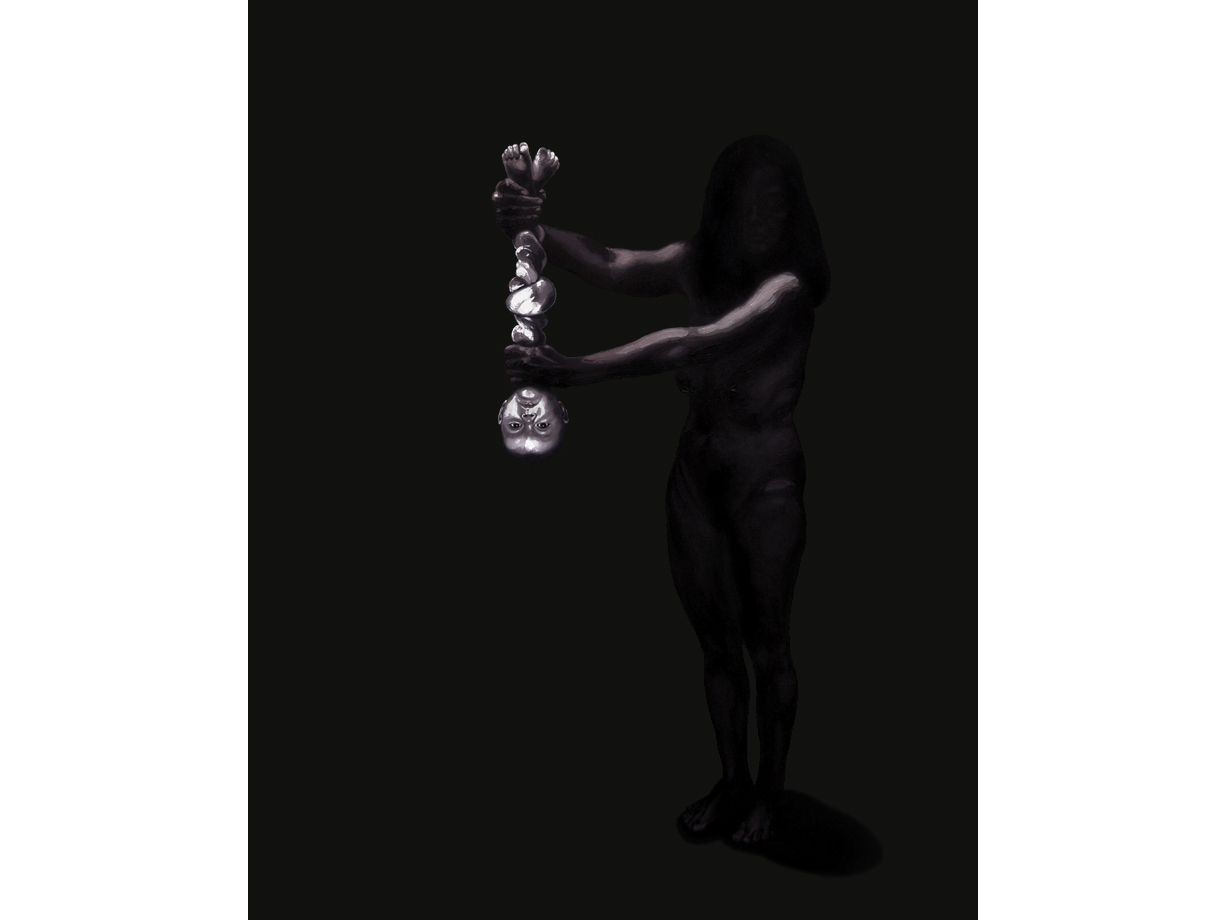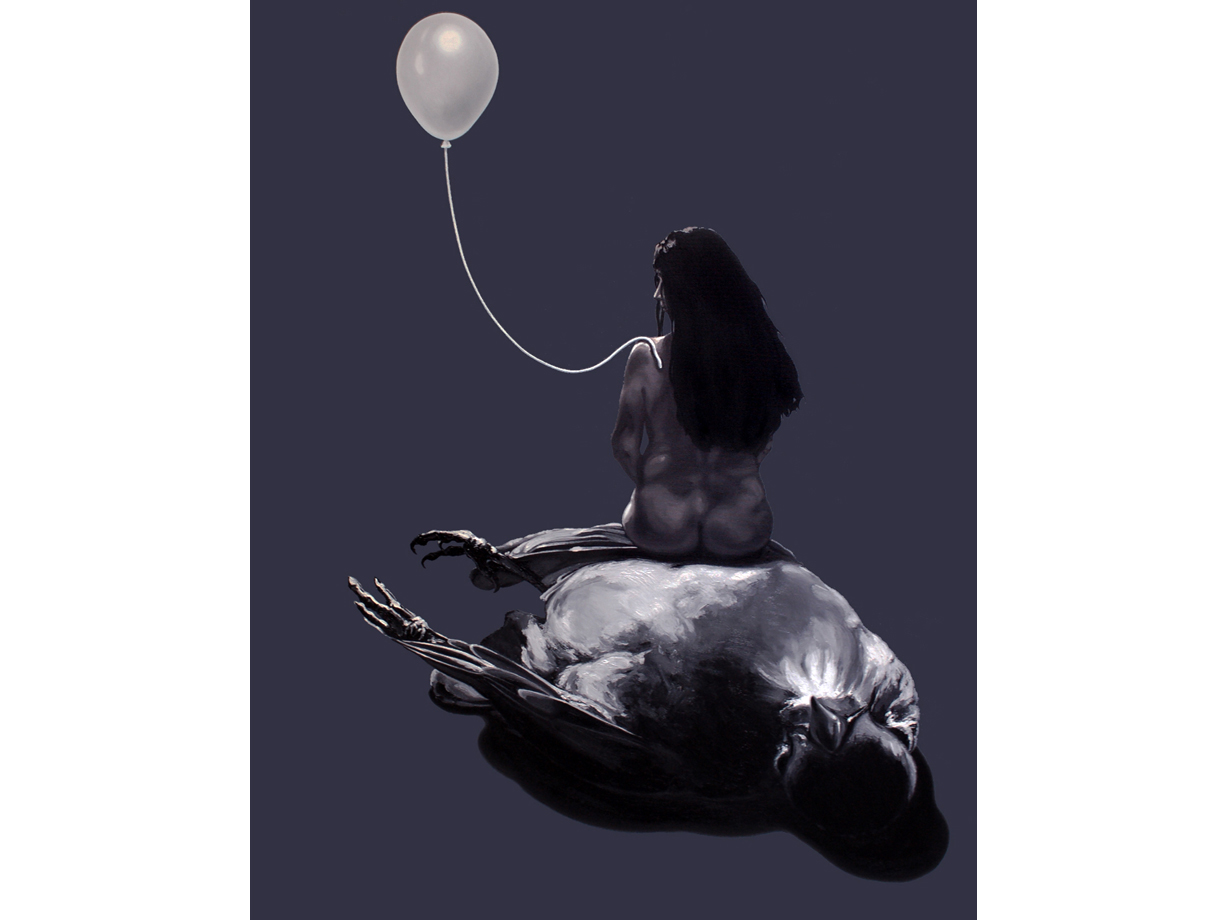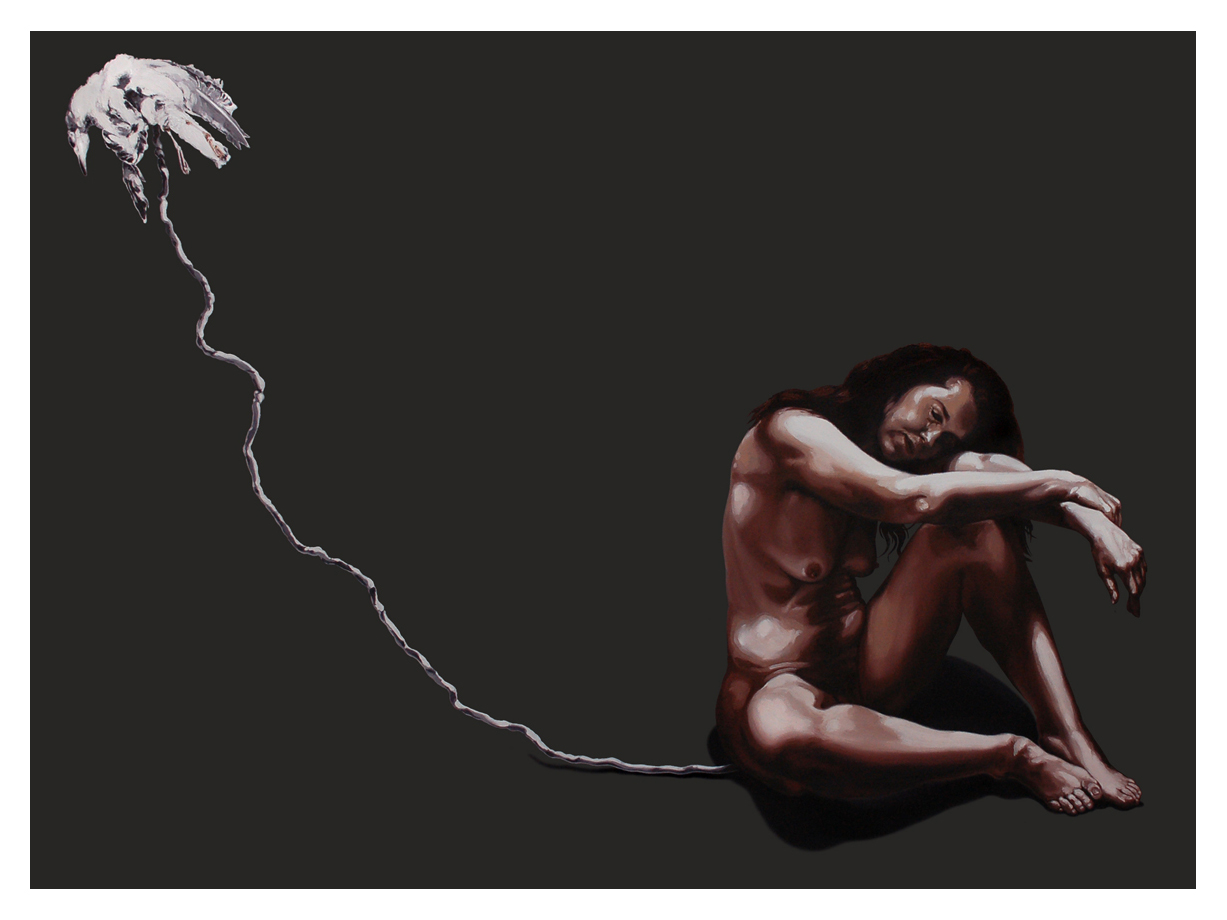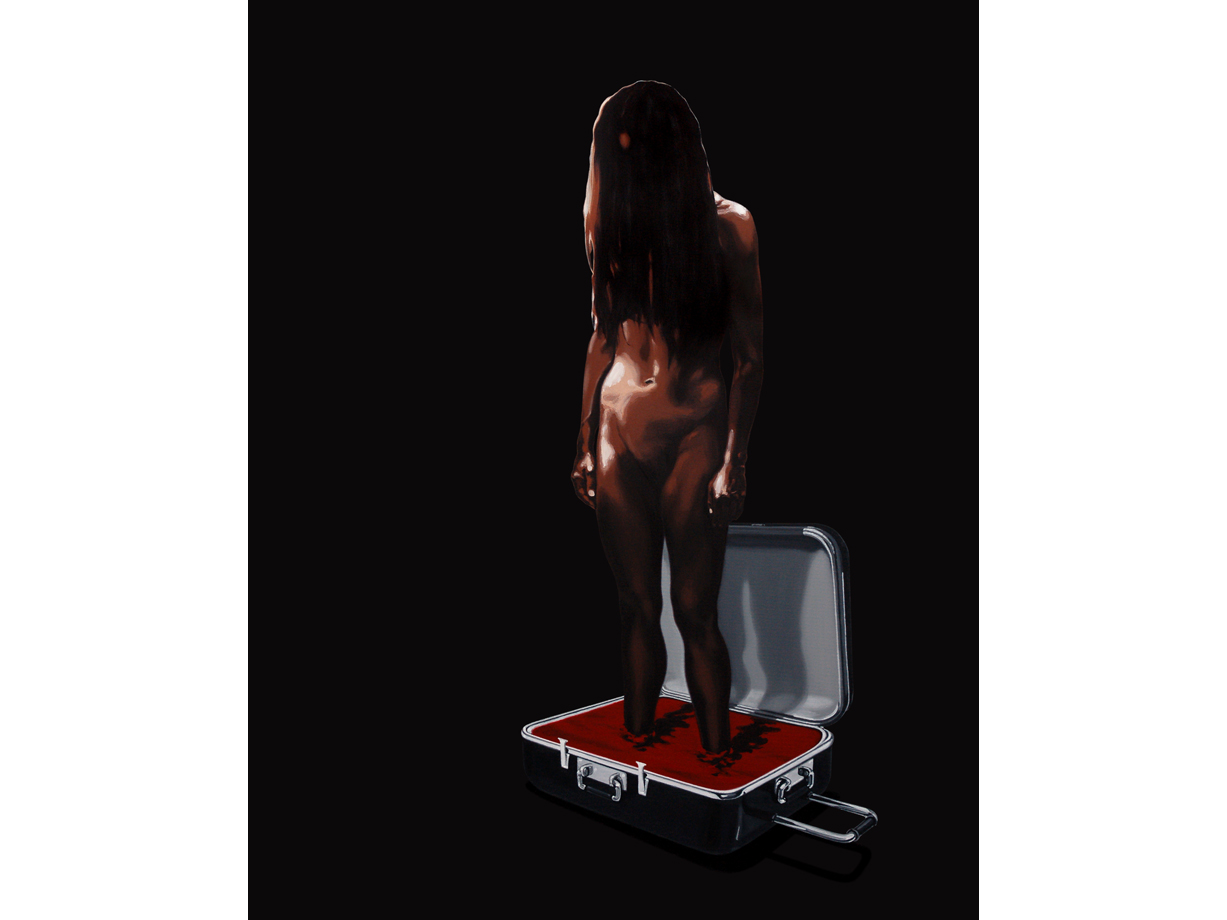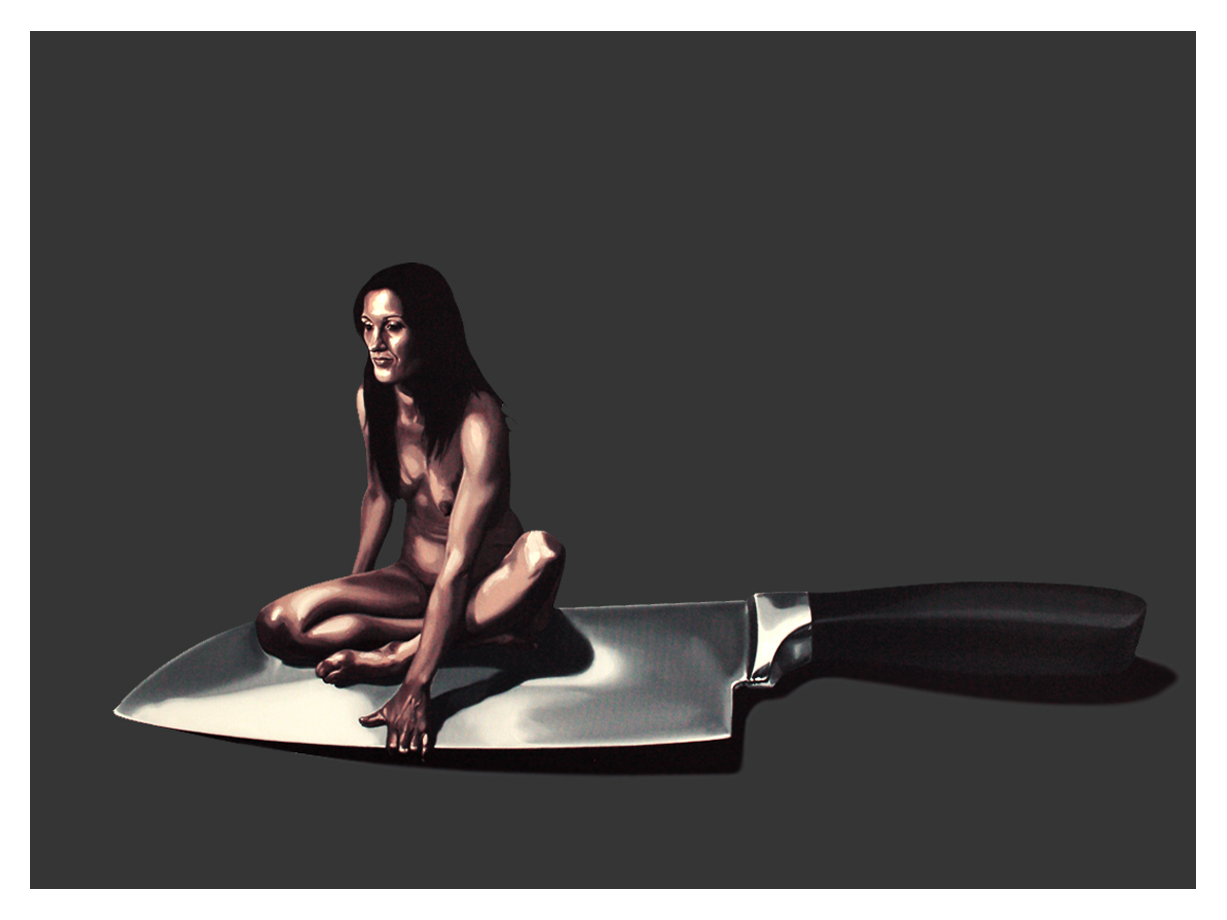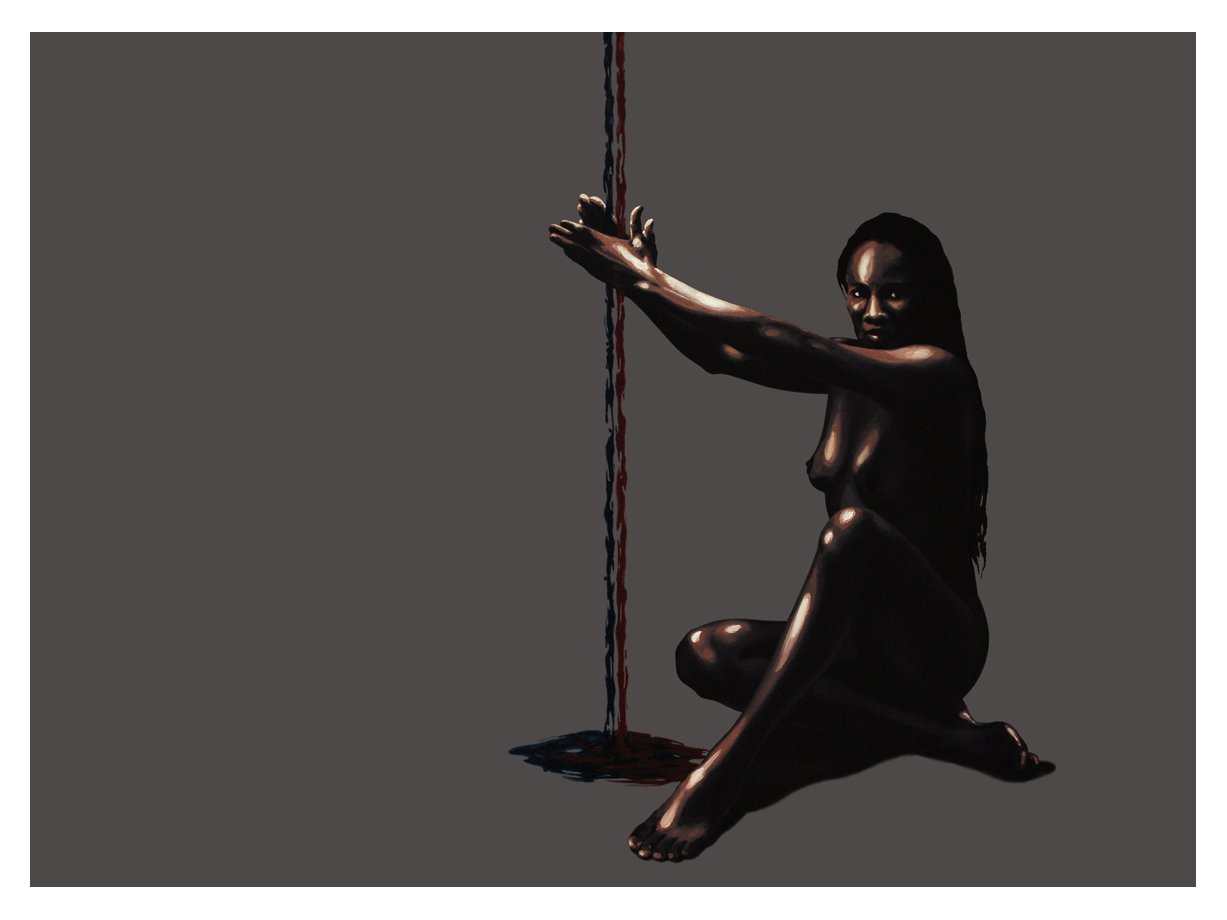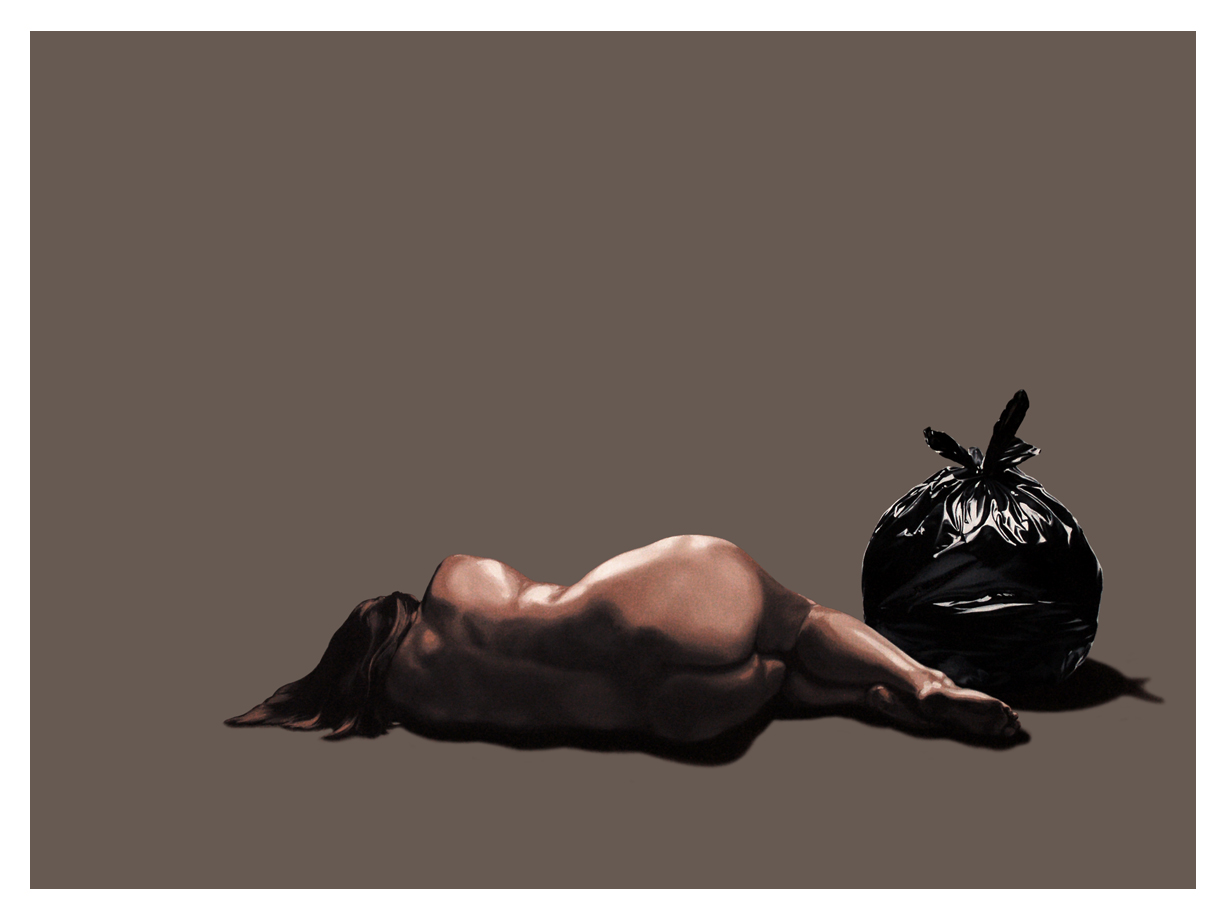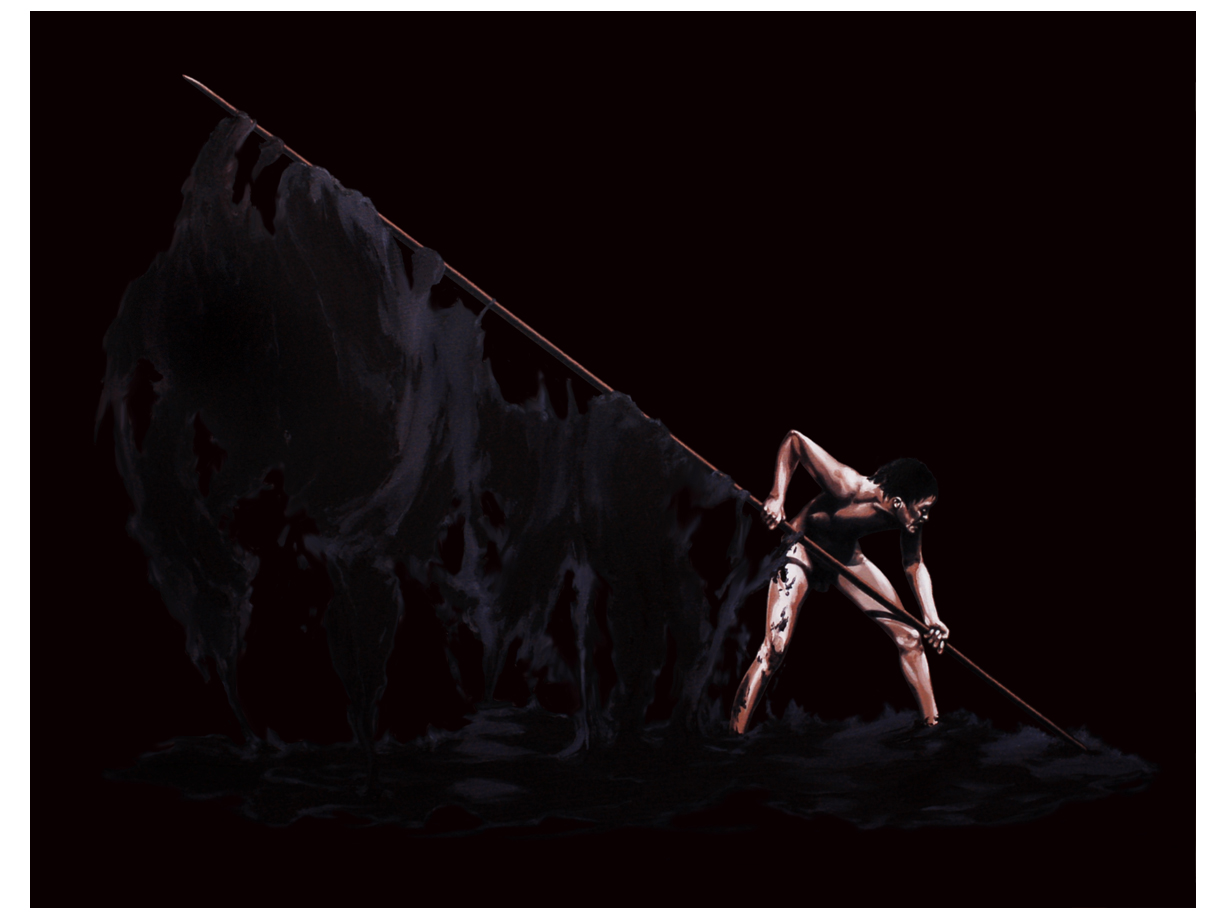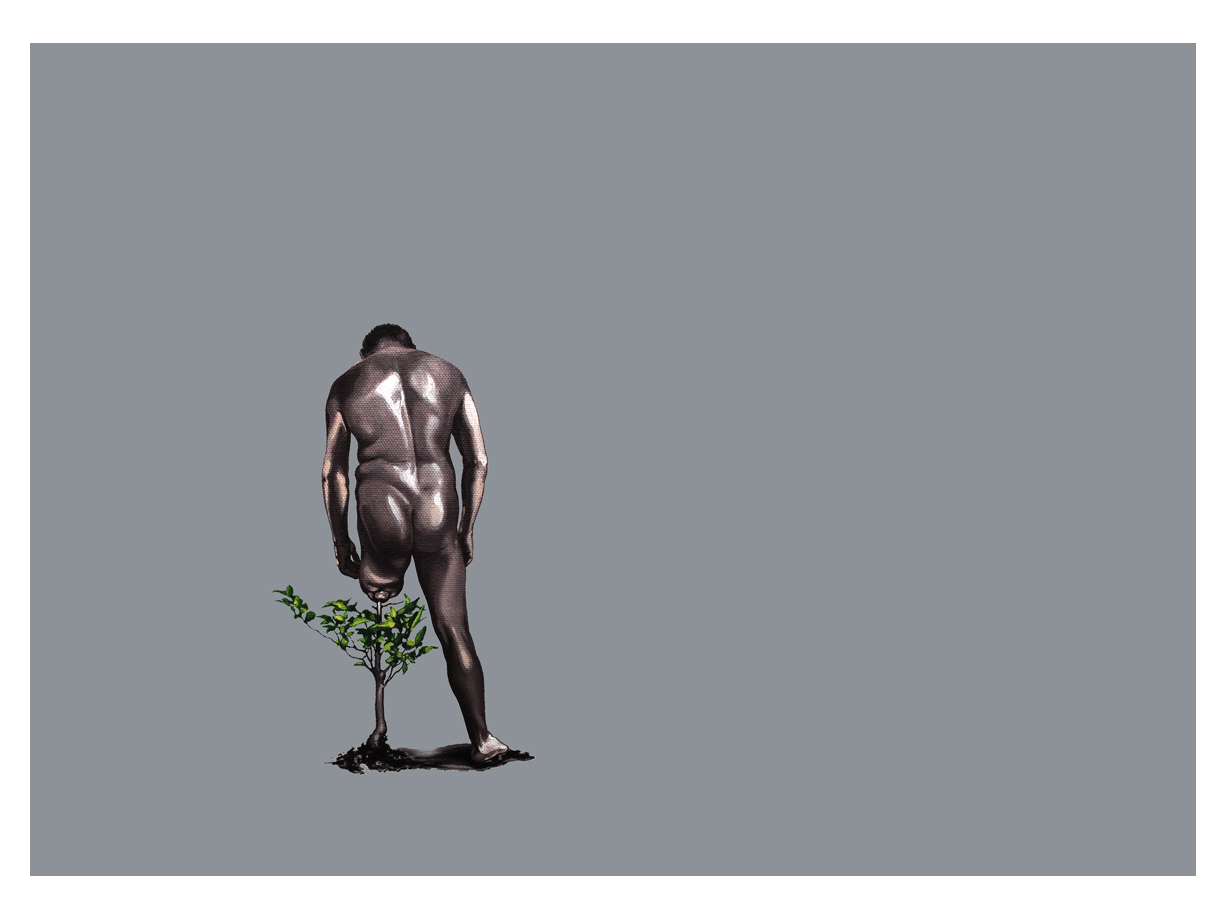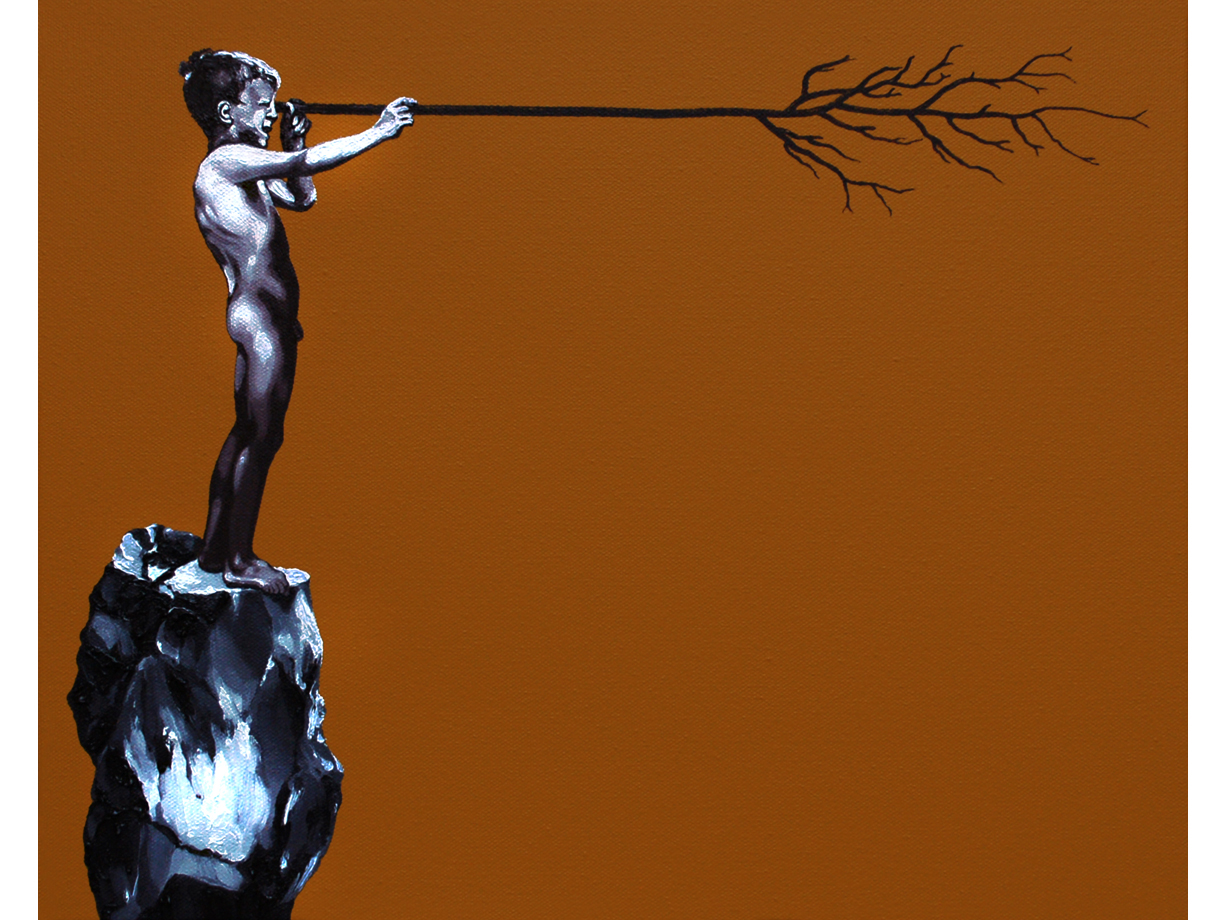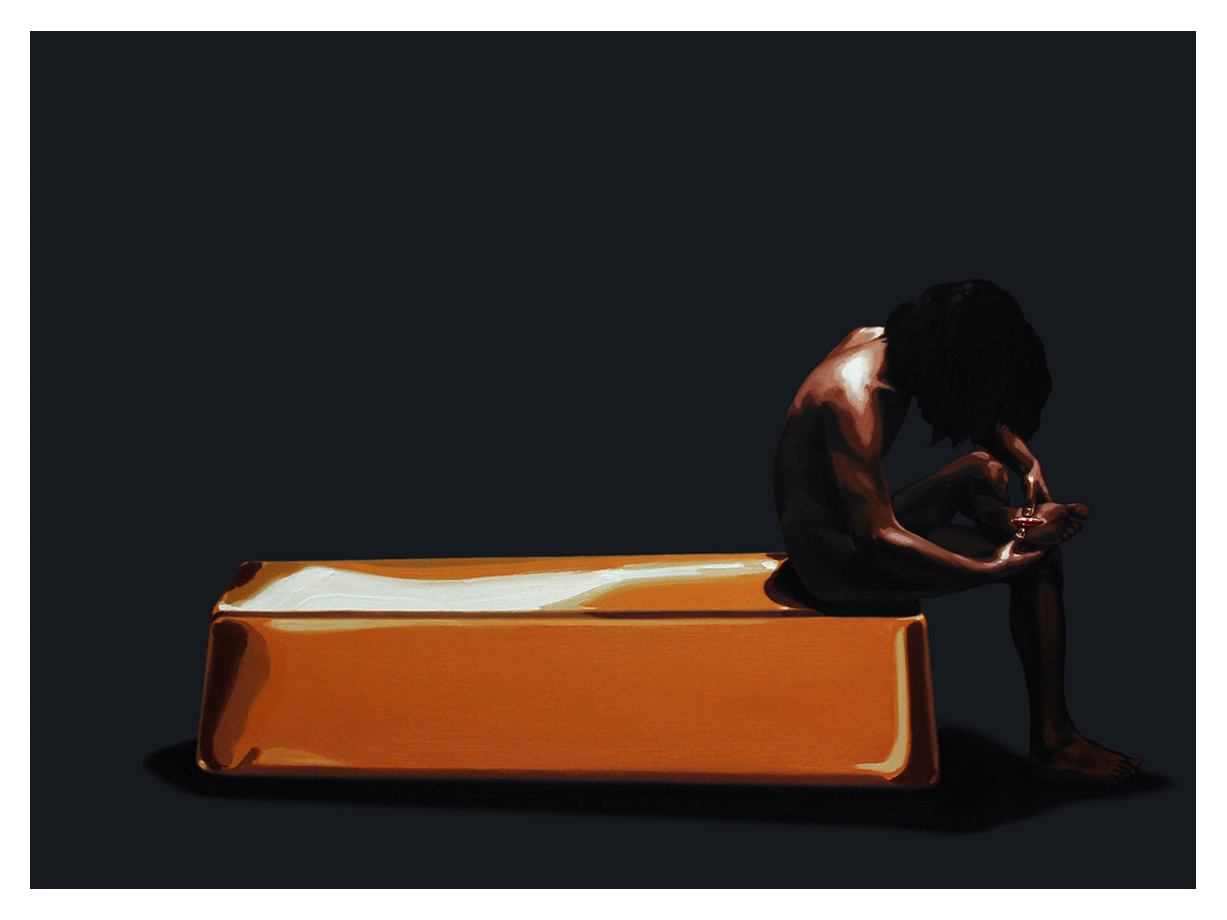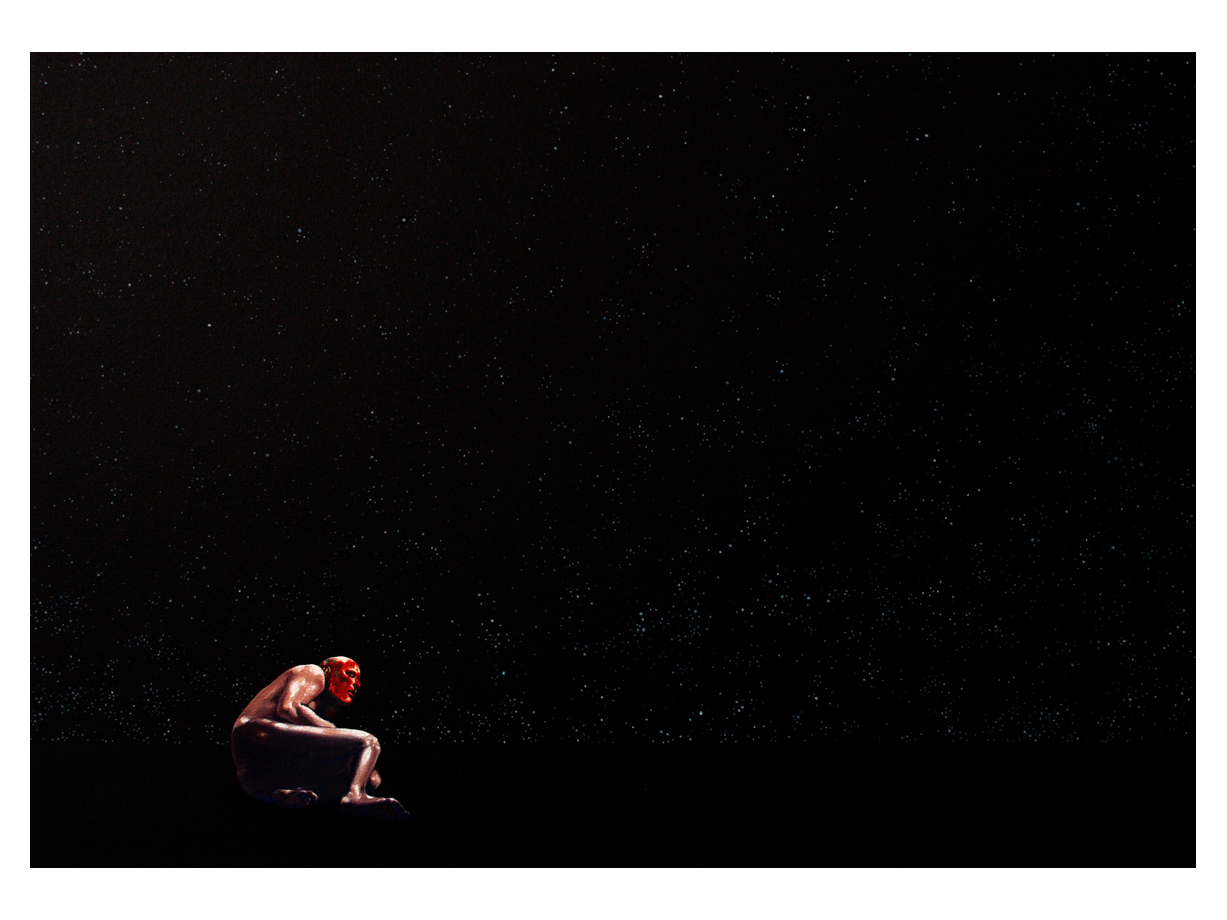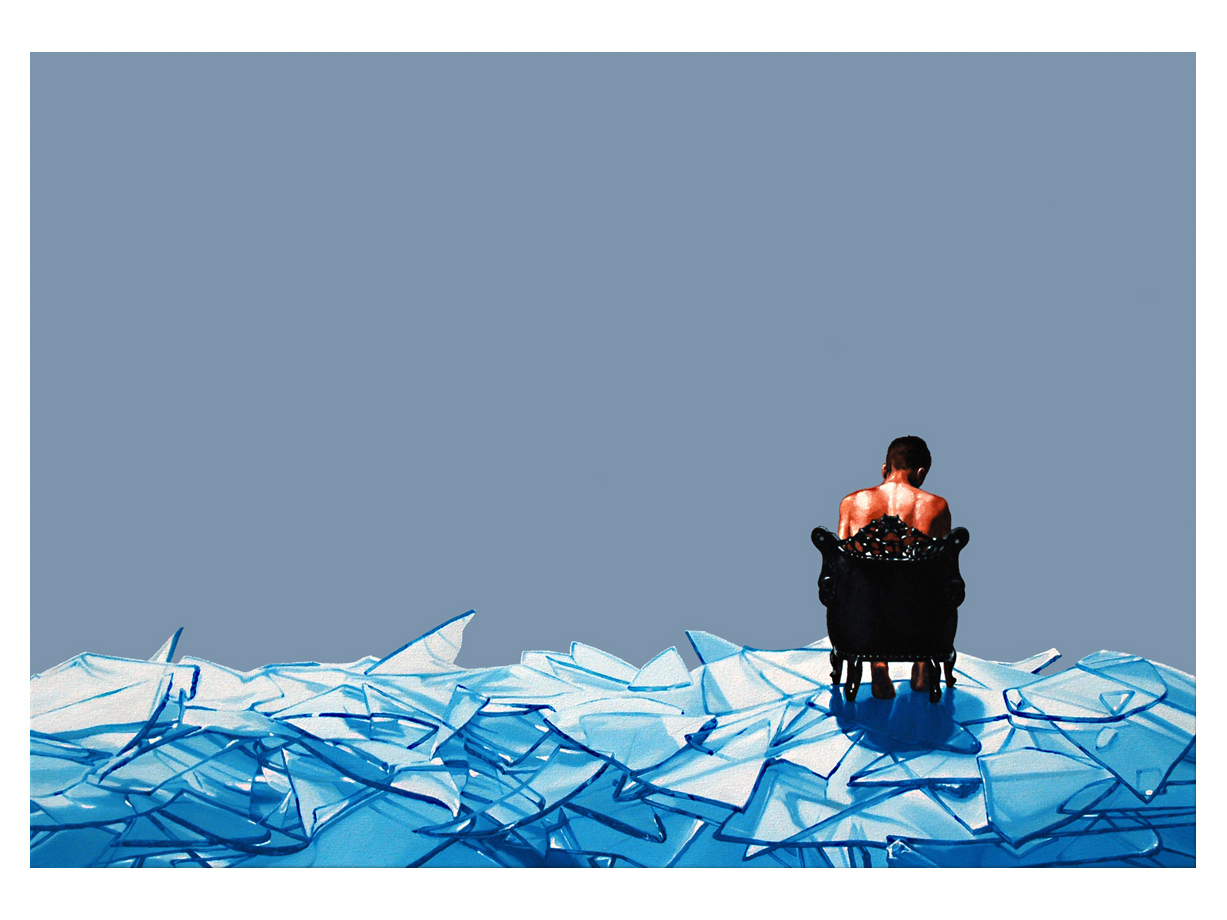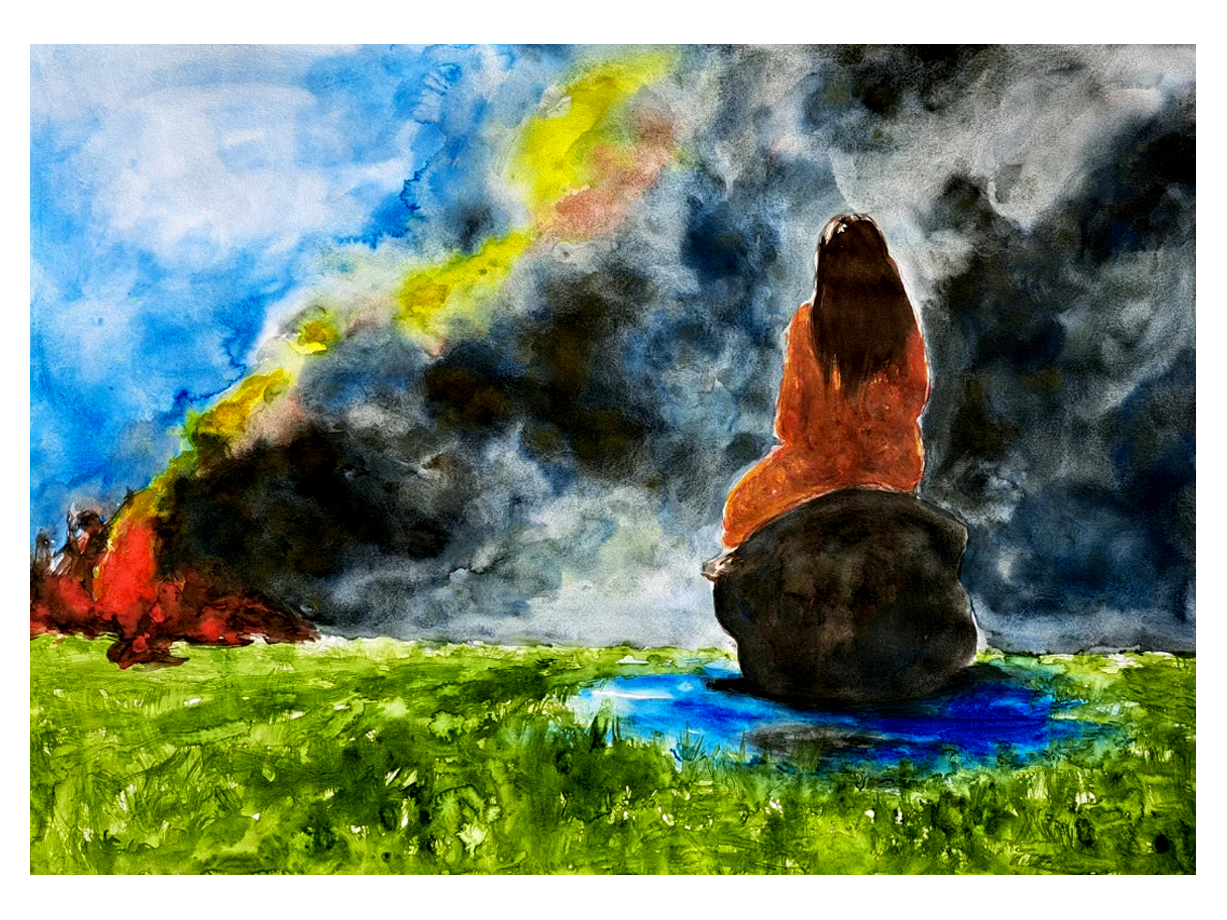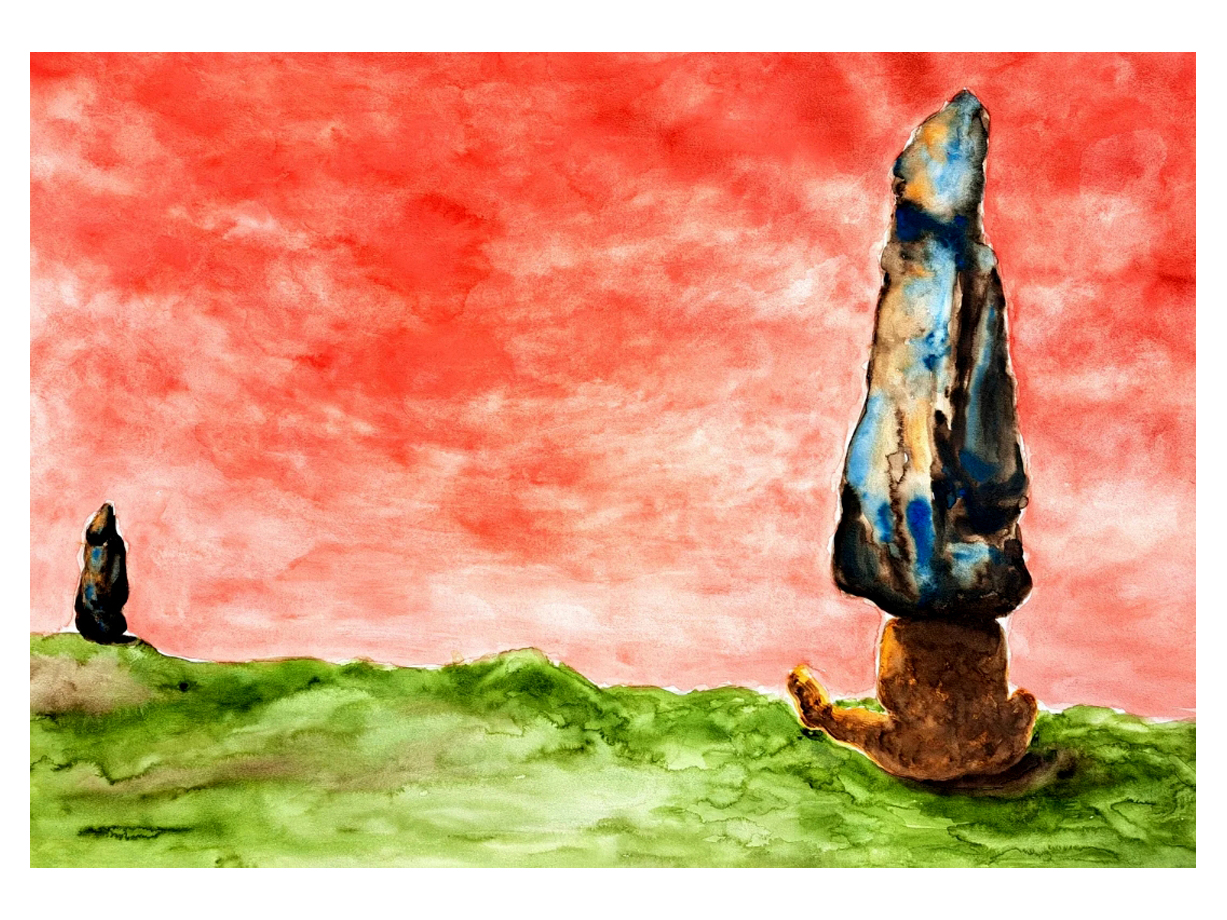Urban Grünfelder
News


Stift Klosterneuburg
Klosterneuburg
www.stift-klosterneuburg.at
Biography


Born 1967 in Brixen/Italy
Institute of Arts St.Ulrich/Italy
Academy of Fine Arts Vienna
1986 A-levels at Institute of Arts St. Ulrich/Italy
1989 Sculpture Department (Prof. B. Gironcoli) Master School
1990 Painting Department (Prof. M. Prachensky) Master School
1993 Painting Department (Prof. A. Rainer) Master School
1993 Institute of New Media (Prof. P. Kogler)
1995 Diploma for painting
Selection: Exhibitions/Projects/Fairs
2024
Linz, Expuls Gallery, Grundböck, Grünfelder, Pachner, Sassmann
Bolzano, SKB Artes, Schlüsselwerke
Klosterneuburg, Stift Klosterneuburg, Ein Ort. Tausend Geschichten
Vienna, Akademie der bildenden Künste, Exhibit - diverse Ausstellungspraxen
2023
Neumarkt, Kunstforum Unterland, Die Tage der Menschheit
Klosterneuburg, Stift Klosterneuburg, Die guten Werke
Dresden, Ostrale Biennale, Kammerflimmern
Franzensfeste, Festung, In dialogue wiht Peter Fellin
2022
Dresden, Ostrale Basis, Humans as Incomplete Creatures
2021
Franzensfeste, Festung, Kunst im Advent
Wien, Galerie Gundula Gruber, Verspielen wir die Welt?
2020
Bozen, Südtiroler Künstlerbund, artigathome
2019
Dresden, Biennale, Gedänkstätte Bautzen, Ism
Vienna, Kunstraum David, What remains of humans?
2018
Valetta, Ostrale Biennale, Fondazzjoni Kreattività of St. James Cavalier, found a mentalism II
2017
Klagenfurt, Kunstverein Kärnten, Ahead of the game
Dresden, Ostrale Biennale
2016
Brixen, Hofburg, Garden
2015
Dresden, Center for contemporary Art, Ostrale 2015
2014
Cologne, Dagmar Schmidla Gallery, allegory of the cave
Westerwald, Keramikmuseum, Ceramics of Europe
2013
Feldkirch, Palais Lichtenstein, GrauRand
Bozen, Gallery Prisma, Humans
Klagenfurt, Künstlerhaus, Humans
2012
Kiel, Kunsthalle zu Kiel, The Human Senses and Perception in Contemporary Art
Köln, Gallery Schmidla, The fragmentary man
2011
Vienna, Leopoldmuseum, The Excitement Continues, Contemporary Art from the Collection Leopold II
2010
Bologna, Arte Fiera
Munich, Munich Contempo
Cologne, Art.fair
2009
New York, Scope
Cologne, Gallery Schmidla & Voss, Ecce Homo
Basel, Scope
Cologne, Art.fair
2008
Miami, Scope
Vienna, Gallery Peithner-Lichtenfels, Recent Works
2007
Vienna, Viennafair
Bolzano, Galerie Goethe2, Summer Container
Braunschweig, Academy of Fine Arts, Entsorgungspark für funktionslose Kunst im öffentlichen Raum
2006
Frankfurt, Gallery Artbox, Sculptures
Hannover, University Hannover, Entsorgungspark für funktionslose Kunst im öffentlichen Raum
2005
Hildeseim, Kunstverein Hildesheim, Entsorgungspark für funktionslose Kunst im öffentlichen Raum
Bodenburg, Kunstverein Bad Salzdetfurth e.V., Hand in Hand
Nürnberg, Gallery Hafenrichter & Flügel, Soloexhibition Urban Grünfelder
2004
Düsseldorf, Gallery Andrea Brenner, Paintings
Eisenstadt, Burgenländische Landesgalerie Eisenstadt, Grafics
Bolzano, Gallery Prisma, Künstlerische Grafik, Südtirol
2003
München, Gallery Storms, Young Austrian Art
Klosterneuburg, Essl Museum, Conflicts/Resolution
Bolzano, ar/ge kunst, Gallery Museum, Idee Corporee
Munich, BCG, Denken ist Handeln
2002
Ulm, Stadthaus Ulm, Central - Neue Kunst aus Mitteleuropa
Vienna, Palais Porcia, Global Fusion 2002
Vienna, Galerie Museum auf Abruf, In Südtirol, lebt in Wien
Krumau, Egon-Schiele-Center, Works from the Collection
Leverkusen, Museum Morsbroich, Central - Neue Kunst aus Mitteleuropa
Paris, Espace Ernst Hilger, Young Austrian Art
2000
Vienna, Siemens artlab, Die Neuen
Krumau, Egon Schiele Center, Open studio
Downloads


Texts


Interview with Daniela Veneri
“I don‘t think that art can change anything, but that it can change a person a little, and consequently something in his or her decisions. This can happen after seeing a painting, when an image can push a person to question and make decisions in a new, better way. If people who look at paintings, exhibitions and works of art ask themselves questions, they can also change their lives a bit.“
Urban, what projects are you currently working on?
I continue to work in my usual, classic way, that is, I do the sketchefirst and then I paint. I don‘t work on other projects such as installations, or on special themes for specific exhibitions.
What did your exhibition at Gallery Gundula Gruber represent for you?
As an artist, I always work on my paintings independently, on aspects that affect society, human existence, nature. For this exhibition we have selected works that were somehow related to the chosen theme, „Are we gambling away the world?“. My paintings do not give answers, they only offer questions. I put together elements that are well recognized, putting them together in such a way as to suggest a different interpretation, so that the viewer can ask himself questions.
What drives you in your work?
I think the artist‘s work is to put together things that don‘t normally fit together, and to ask questions, to give something to think about. I don‘t like formalism, in the sense that I also create something that can be pleasant to look at, but painting well is not what I‘m interested in; it‘s just a good trick to get the attention of the viewer, while what matters are the questions behind it.
What are your most important objectives as an artist?
I‘m interested in painting and living a good life, being able to develop ideas, sketching, then creating the artwork, following the work from start to finish. I don‘t like it when artists let others do their work; maybe this can make sense in the case of installations, but there are some artists, even very well-known ones, who have other people doing the work for them, and I do not like it. When I start sketching, I start by choosing the composition of the painting, then the colors, and then I paint. When I think about changing a color, I choose it myself, there is not anyone who does it for me. Artistic work for me also consists in having a philosophical attitude, a certain approach to the world, and in choosing a way of following things to the end. I am happy to be able to work like this.
What role has the sensorial experience in your creative process?
Even when I‘m not drawing or painting, I am always working, when I go around and walk and observe the world. I get ideas for work even months after a certain experience, when I remember seeing something, or hearing something. Even memories of when I was a child and I lived on the farm, of some aspects of nature, plants, animals, can lead me to decide to visualize these elements in another way, through my works.
What do you appreciate most about the interaction that emerges between your works and the viewers?
What interests me most, at times, is noticing how someone chooses to buy paintings other than what I would have expected them to choose, and I wonder why. What is important for me as an artist is to know that my work arouses a reaction in the viewer, that after seeing one of my paintings, people, even after days, at a precise moment, notice something that brings them back to the memory of the artwork, and that they can ask themselves questions about why it happens, about their attitudes, about their choices. I don‘t think that art can change anything, but that it can change a person a little, and consequently something in his or her decisions. This can happen after seeing a painting, when an image can push a person to question and make decisions in a new, better way. If people who look at paintings, exhibitions and works of art ask themselves questions, they can also change their lives a bit.
Who are the most important partners and interlocutors in the unfolding of your own creative process?
It depends. When I walk, I observe nature, the woods, the trees, and then I take photos and I have an archive of characters, plants, animals; however, all these elements have no direct influence. When I then start doing work and look at the images again, something particular may catch my attention, such as when I see people behaving strangely, when they seem to be forced to do something they don‘t like, and I think of ways of putting together different things. There are also influences from other eras, such as Caravaggio for light and how he combines elements, Velasquez for his way of painting and the abstraction he uses in the details, when you take a closer look and the color becomes confused, and then also other artists.
Which of the feedbacks that you have received over the years have been particularly meaningful for you, or have surprised you the most?
I think of when there were people in front of one of my sculptures or in front of one of my paintings crying, that was important to me. At first I thought I had created something that hurt these people, then I said to myself that the painting or sculpture had aroused such strong emotions that it made them cry, because obviously whoever looked at it had a very personal story. A very interesting thing about art is that there are people who look at works that have a very special history, which sometimes even family members do not know, and talking to the artist or contemplating a work can arouse very strong emotions in them. I think it is very important that art is able to do these things.
What is the relationship between past, present and future in your artistic practice?
The space behind is very important to me. Before, my paintings always had a monochrome background, of a single color, then there were the figures. The space behind the paintings for me, that single color, is like the space of destiny, huge. Since I started, after the academy, I have told myself that figures, people, are born, move in space and have the possibility to have a philosophical attitude, to choose how to behave with others, and as an artist I use this sense of movement in space and time even with painting. I choose a precise gesture that belongs to this movement, to this turning in space that continues from the moment one is born until one dies, and I fix it on the canvas. What I paint is a story that develops, moves in space, and it is a story about humanity that is not real but which, through the paintings, allows me to ask questions of myself and others.
Where do you sense the presence of seeds of future, in your artistic practice?
I look at how things change and I try to follow a thread. It‘s a bit like starting with a letter, which put together with another becomes a word, then a sentence, then a story. I don‘t know what there will be in the future. Every now and then I do different things, but I have always followed this thread, trying to shed light on human existence, as others do in other ways.
What kind of impact do you see emerging from the recent pandemic? How do you feel that this experience is affecting our ways of producing, sharing and experiencing art?
Not much has changed for me. Maybe there are fewer exhibitions, but as for me, I go to my studio and work. I know that for other artists, who might have projects to work on with others, it was different. I don‘t look for many contacts with other artists, because I think we ask ourselves the same questions. I happen to talk more with people who have nothing to do with art, who perhaps ask a little more questions about existence. I don‘t know if this will change in the future. If I look at society, I don‘t think much has changed for now.
If you observe how the field of art and culture relates to the social field, what do you notice?
Is there anything that captures your attention or that you would like to change?
There are many artists who work by doing research, who do works that have no market, who do not do exhibitions and do not go to fairs. Then there is art on the market that has too much to say about existence, about society. Perhaps, it would be better to also be able to see the works of other artists, those who work a little more privately.
Is there anything that you would like to do differently in your own artistic practice?
In exhibitions that involve your works, there is always something that you would like to change. I think about how the work is shared, and then that the artwork must work in my studio, as well as in a gallery and in a museum. It is not that important that a painting is included among the biggest in a museum, the important thing is that it brings emotions.
What curators and others think when they give an artist advice on how to work interests me, but it doesn‘t change what I do. Serious artists do the work they need to do.
What kind of contribution would you like your work to have?
In my works, the formal aspect is important, but it is not the fundamental thing. It is more important to create something that makes you think. Sometimes people tell me that they would never put a certain painting of mine on the wall at home and, when it happens, I think I have done something that maybe makes them think, that hurts a little, that brings a certain restlessness, and these are important things to me. It is too little for me when people like one of my paintings, I rather want my works to lead to asking questions that are even uncomfortable.
It happens that some people, finding themselves with others in common circumstances, do not say much about themselves, because they may be afraid of being judged and criticized. When those same people talk to artists, when they talk to me, they tell things they don‘t share with other people, just because I painted these paintings, and they start talking about themselves and their existence, not about themselves as members of a society where they have to function in a certain way and not talk about emotions.
It happened to me that a collector called me announcing that he would come to my study to have a coffee. When he did it the first time, it seemed strange to me, but then he wanted to talk about the paintings he had bought, and about things that had nothing to do with his work, with his family, or with his colleagues.
Is there anything that I did not ask you that is important for you to mention?
I work in a very classical way, I choose a very bourgeois language, through painting and color, and so I can more easily capture people‘s attention, who then begin to approach the theme of the work; then I have more possibilities to being able to communicate with them when they look at a painting. The problem is that sometimes the artistic language is too much for normal people, in the sense that it is a little difficult to understand. Some artists are a little too complicated in the way they use materials and languages that are very specific and that ordinary people don‘t understand.
I think it is also very important, for those involved in art publications and for the artists themselves, to use a language that works. Sometimes people don‘t know what is wrong with a painting, in a communication or in a work of art, they have the feeling that something is wrong, but they don‘t know what, and this leads them not to ask too many questions about what is behind there; they rather think that this certain artist cannot paint hands, hair, flowers or anything else properly. So I think that we need to make a work of art that works, so that people don‘t have to ask questions about the technical ability of an artist, but other, important, questions, and feeling emotions. If too technical languages are used in the art work, and if I don‘t know how to paint, then I create a filter that blocks the viewer and does not allow others to step into the theme of the work and open a flow of emotions.
What are three keywords that resonate with you right now, at the end of this conversation?
When I talk about my work, I also find some confirmation of what I have done and what I want to do.
Interview with Daniela Veneri/PDF
Bibliography


Catalogs/Selection:
UPdate
Editor: Südtiroler Künstlerbund
Im Dialog mit Peter Fellin
Editor: Landesmuseum Festung Franzensfeste
Die guten Werke
Editor: Wolfgang Christian Huber
ISBN 987-3-903229-46-4
Kammerflimmer
Editor: Ostrale - Zentrum für zeitgenössiche Kunst
ISBN 978-3-9818367-5-2
Arbeiten Lavori in corso
Editor: Autonome Provinz Bozen/Abteilung 14 - Deutsche Kultur Amt für Kultur
1503. Mitgliederausstellung
Editor: Künstlerhaus Wien
ISBN 978390349214
re_form
Editor: Ostrale/Biennale Dresden
ISBN 978-3-9818367-1-4
Garten
Editor: Südtiroler Künstlerbund
ISBN 978-88-88570-25-9
Keramik Europas
Editor: Keramikmuseum Westerwald
ISBN 978-3-930081-20-2
Humans
Editor: Kunstverein Kärnten
ISBN 978-3-200-03055-8
Urban Grünfelder
The fragmentary man
Editor: Urban Grünfelder
Von Sinnen. Wahrnehmung in der Zeitgenössischen Kunst
Editor: Anette Hüsch
ISBN 978-3-86678-739-1
The Excitement Continues, Zeitgenössische Kunst aus der Sammlung Leopold II
Editor: Franz Smola, Diethard Leopold
ISBN 978-3-85033-584-3
20 Jahre AR/GE Kunst
Editor: AR/GE Kunst, Bozen, Sabine Gamper
ISBN 88-901785-1-5
La Main dans la Main
Editor: Hubert Egger, Norbert Hilbig, Hans-Werner Kalkmann
ISBN 3-922805-88-4
Urban Grünfelder
Editor: Urban Grünfelder
vorn 2004, Das Magazin für freie Gestaltung
Editor: Joachim Baldauf und Agnes Feckl
art position 2003, Almanach zur jungen Kunst in Wien
Editor: Kolja Kramer
ISBN 3-9501727-0-X
art position 2003, Conflicts/Resolution
Editor: Kolja Kramer
ISBN 3-9501727-1-8
art position 2002, Almanach zur jungen, Kunst in Wien
Editor: Kolja Kramer
Global Fusion
Editor: M. Mc Cormik & C.M. Luenig
in Südtirol, lebt in Wien
Editor: B. Ecker & W. Hilger
ISBN 3-902076-06-2
works from the studios
Editor: Schiele Zentrum
ISBN 80-902957-3-8
CENTRAL, Neue Kunst aus Mitteleuropa
Editor: artlab
ISBN 3-900318-78-6
Bibliography/PDF
Contact


+43 699 1 95 61 134
urban.gruenfelder@chello.at
www.gruenfelder.at
Collections
Leopold Museum
Sammlung der Stadt Wien, MA 7
Sammlung des Bundes, BMUKK
Gesellschaft der Freunde der bildenden Künste
Boston Consulting Group
Siemens Ag
Schiele Zentrum
Stiftung Südtiroler Sparkasse
Land Südtirol
Raiffeisen Landesbank Südtirol
Privat Collections
Austria, Germany, Italy and USA
Information
https://kunstaspekte.art/person/urban-grunfelder
www.artfacts.net/en/artist/urban-grunfelder-10837/profile.html
Links
http://www.cacticino.net/
http://www.kunstvereinkaernten.at/
http://www.kuenstlerbund.org/de/home.html
https://www.k-haus.at/
http://www.leopoldmuseum.org/en
http://www.kunsthalle-kiel.de
http://www.kunstverein-bad-salzdetfurth.de/
http://www.keramikmuseum.de/
http://www.palaisliechtenstein.at/
http://www.musa.at/
http://www.museum-morsbroich.de/
http://www.esac.cz/en/schiele_and_krumlov/
Development/programming
Michael Morgenbesser
Legal Notice according to § 5 Abs. 1 E-Commerce-Gesetz (ECG)
Publisher
Urban Grünfelder
Grundsteingasse 15/1
1160 Vienna
urban.gruenfelder@chello.at
The use of all Content and Artwork of this website is free of charge, as long as it is either for personal use or for promoting Urban Grünfelder. The use for all other purposes must be reconfirmed in written form by Urban Grünfelder. The rights are reserved by Urban Grünfelder in any case.
© 2014 All Rights for Artworks and Content presented on Urban Grünfelder online (except external links) reserved by Urban Grünfelder.
Privacy Policy
The protection of your personal data is very important to us. Therefore we process your data exclusively on the basis of the legal regulations (DSGVO, TKG 2003). In this privacy policy we inform you about the most important aspects of data processing within our website.
Personal data
Data processing takes place on the basis of the statutory provisions of § 96 (3) TKG and Art. 6 para. 1 lit a (consent) and/or lit b (necessary for fulfillment of the contract) of the GDPR.
When does our website process personal data?
If possible, your IP address will not be transmitted to third parties or anonymized beforehand. We therefore make resources available on our own webhost. In order to be able to offer you an attractive layout and certain functions, some Connections to external servers where the IP may be transmitted. In addition, web servers and our websites store IPs for analyzing errors and as part of protection mechanisms. Without these measures it is not possible to operate secure and functional websites. The log entries of the websites are automatically deleted after 14 days.
Third party providers may also have their own privacy policies. We endeavor to present these third party providers and their terms as accurately as possible.
Cookies
Cookies are small files that allow this website to store on the visitor‘s computer specific user-related information while our website is being visited. Cookies help us to determine the frequency of use and the number of users of our websites, as well as to make our offers comfortable and efficient for you. On the one hand, we use session cookies, which are cached exclusively for the duration of your use of our website, and on the other, permanent cookies, in order to record information about visitors who repeatedly access our website. The purpose of the use of these cookies is to be able to offer an optimal user guidance and to recognize visitors and to be able to present an attractive website and interesting contents with repeated use. The content of a permanent cookie is limited to an identification number. Name, IP address, etc. are not saved. A single profile about your usage behavior does not take place. A use of our offers is also possible without cookies. You can disable cookies in your browser, restrict them to certain websites, or set your web browser (Chrome, IE, Firefox, ...) to notify them when a cookie is sent. You can also delete cookies from your PC‘s hard drive at any time. Please note, however, that in this case you will have to reckon with a limited display of the page and limited user guidance.
Access, rectification, blocking and deletion of data
You are entitled in principle to free information, correction, deletion (taking into account legal retention periods), restriction, data portability, revocation and opposition. If you believe that the processing of your data violates data protection law or if your data protection claims have otherwise been violated in a way, you can complain to the supervisory authority. In Austria, this is the data protection authority.
